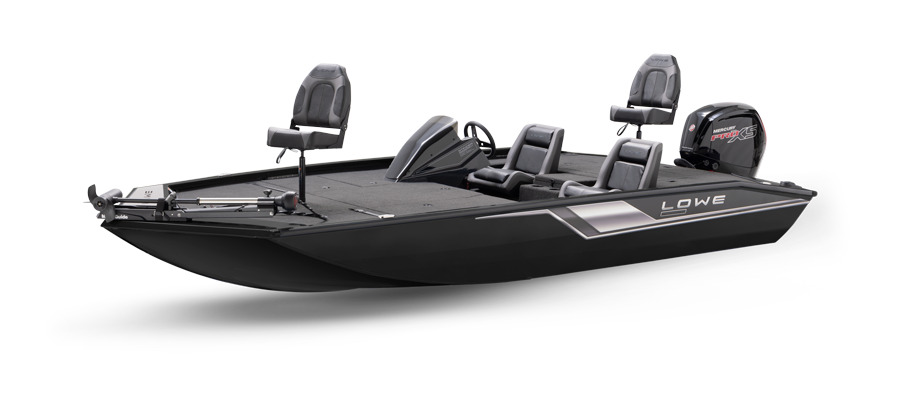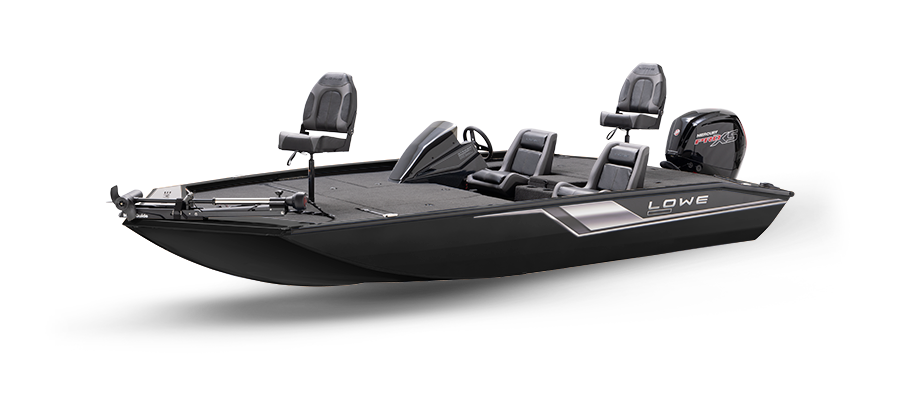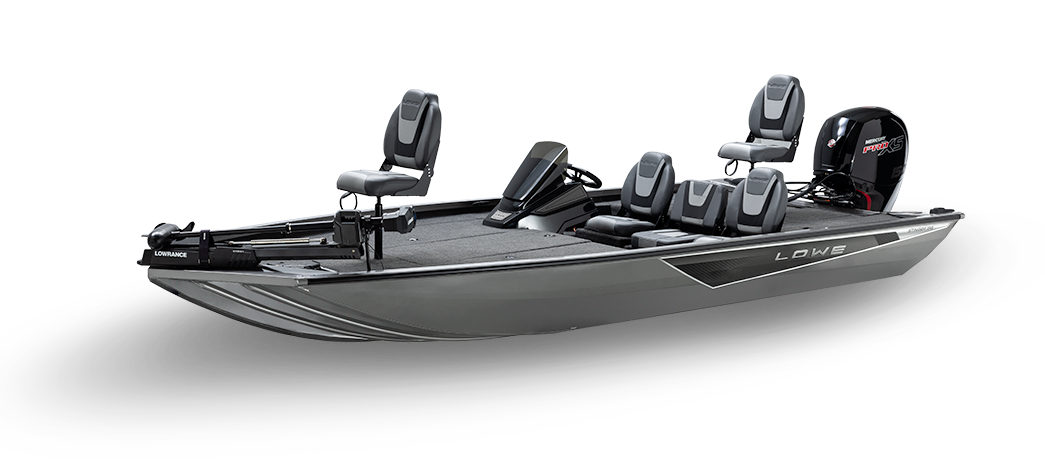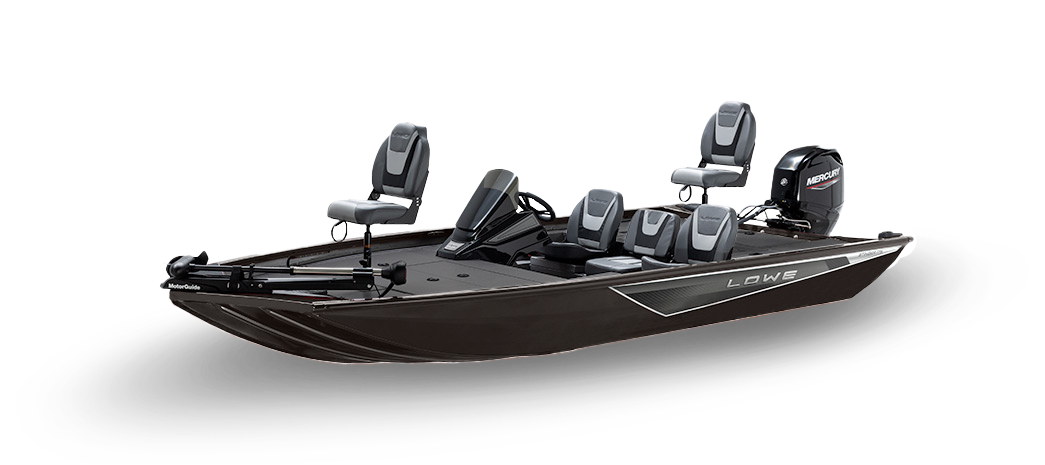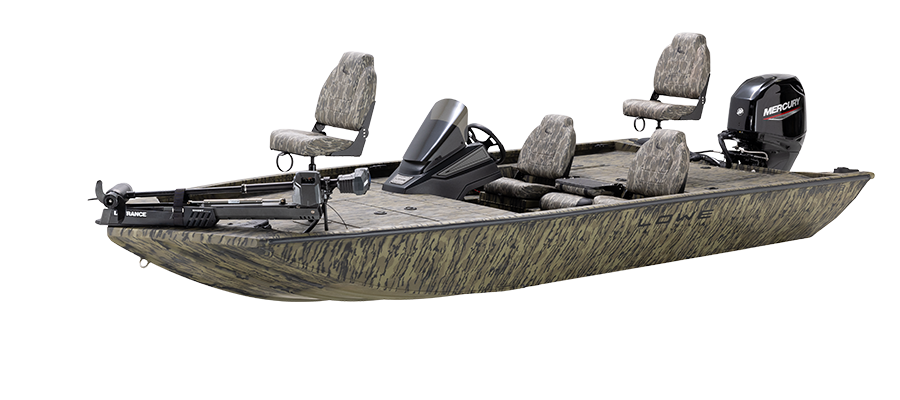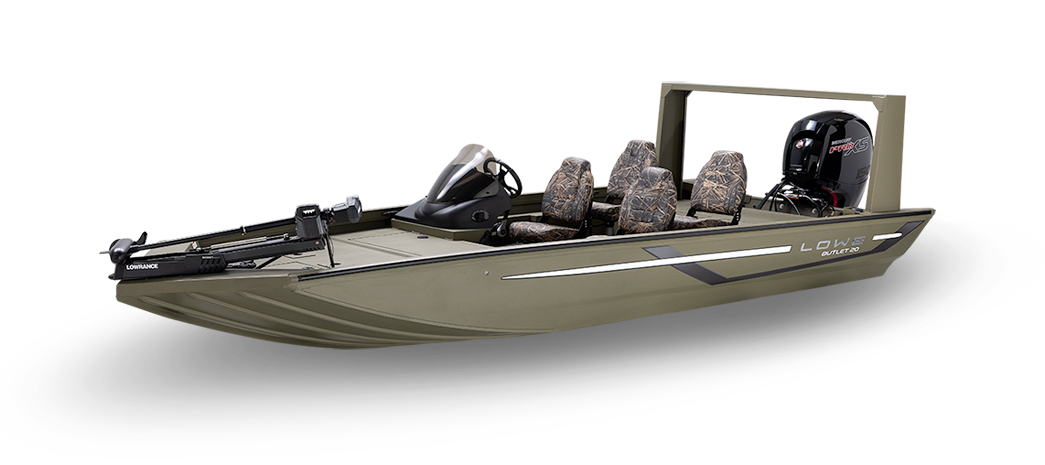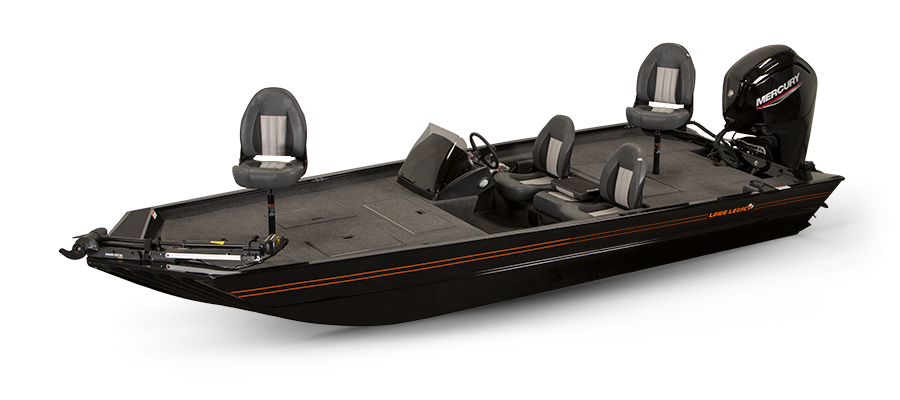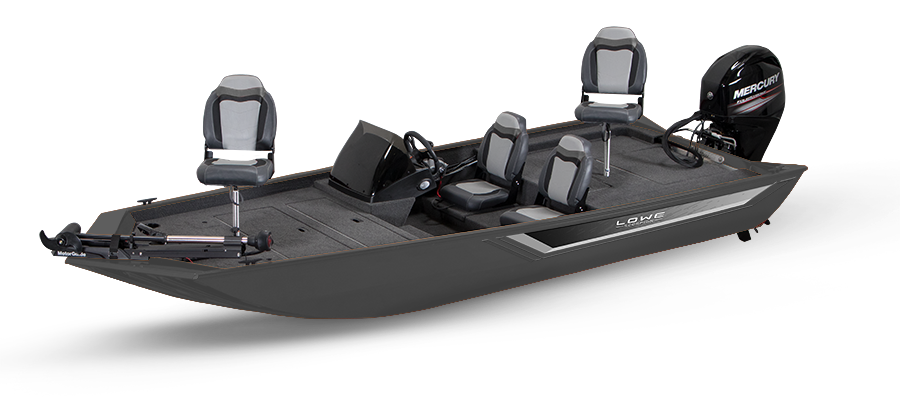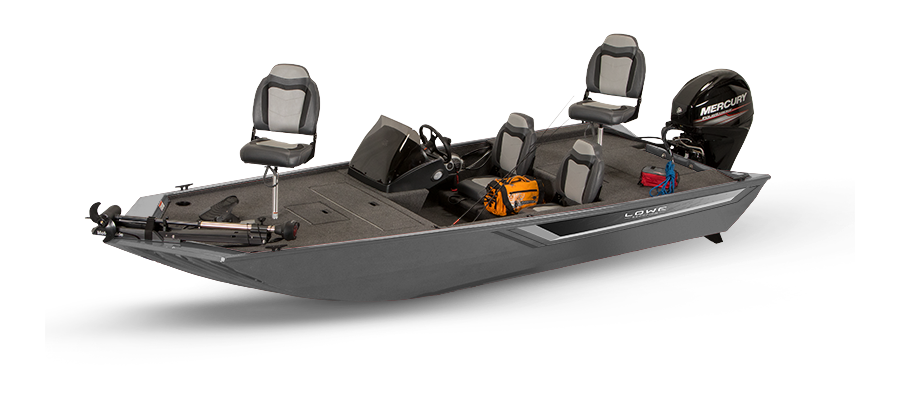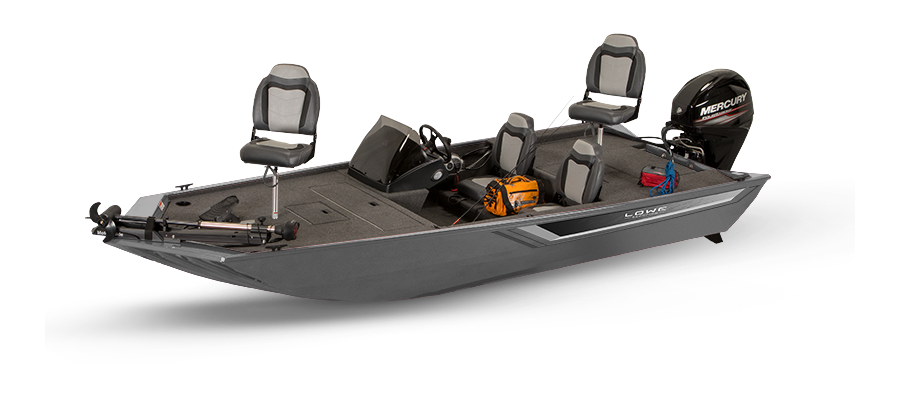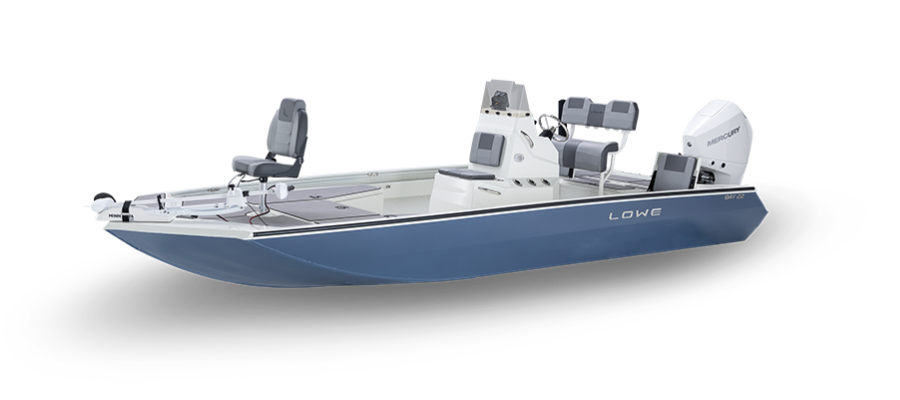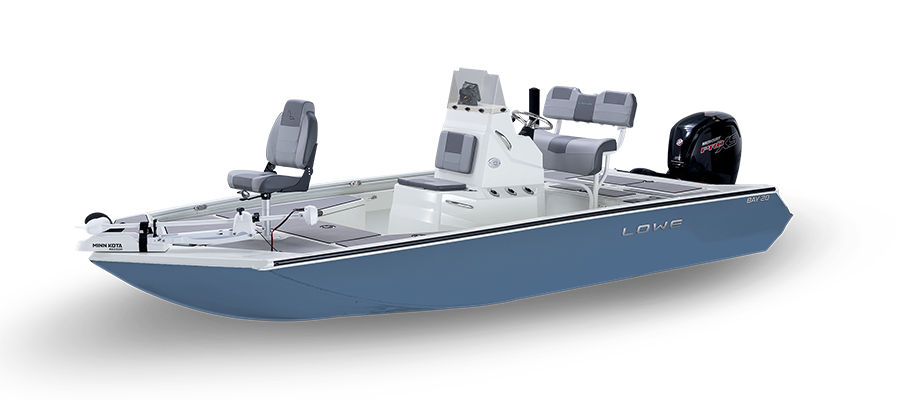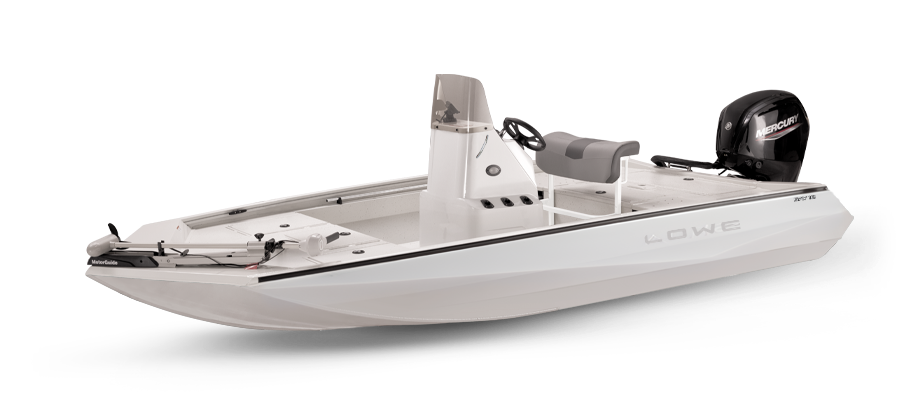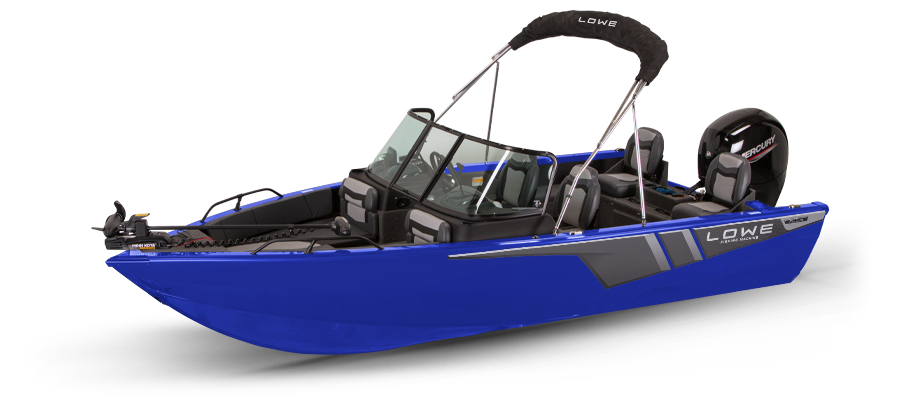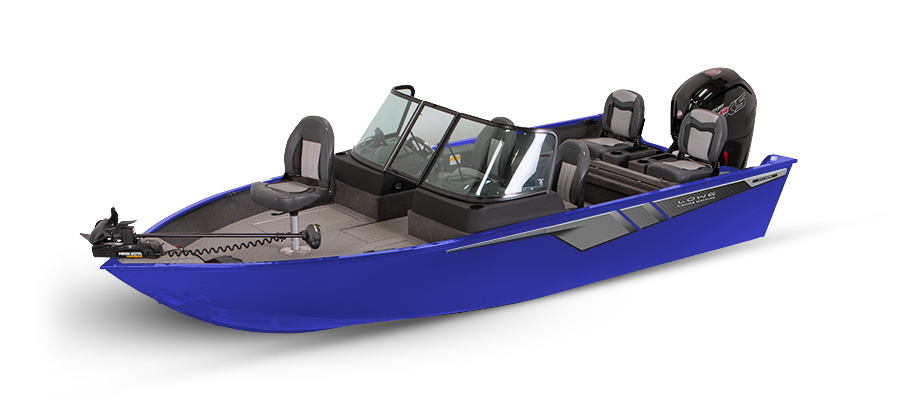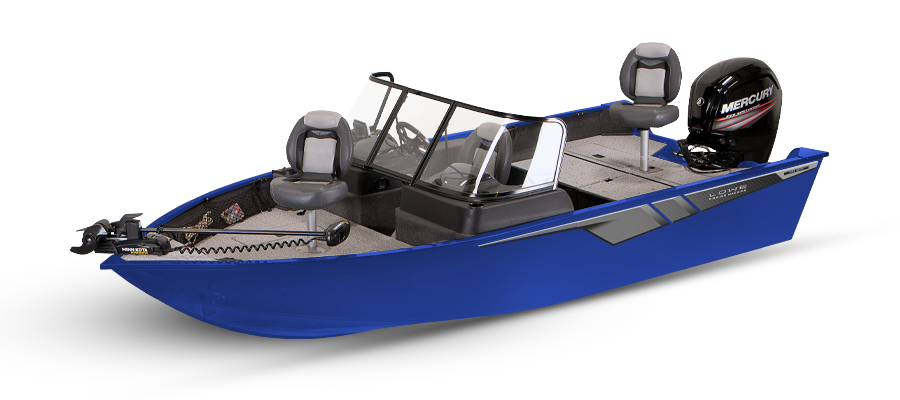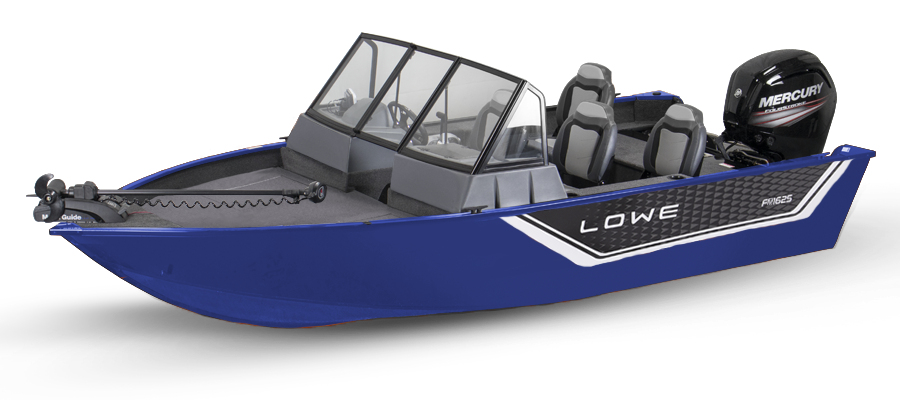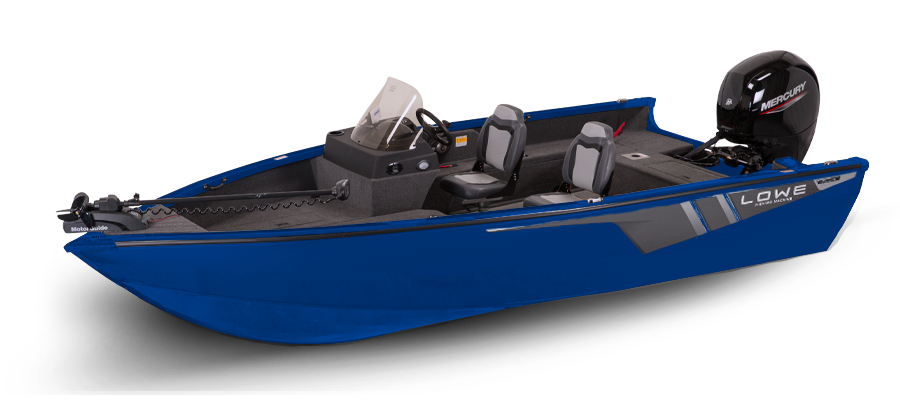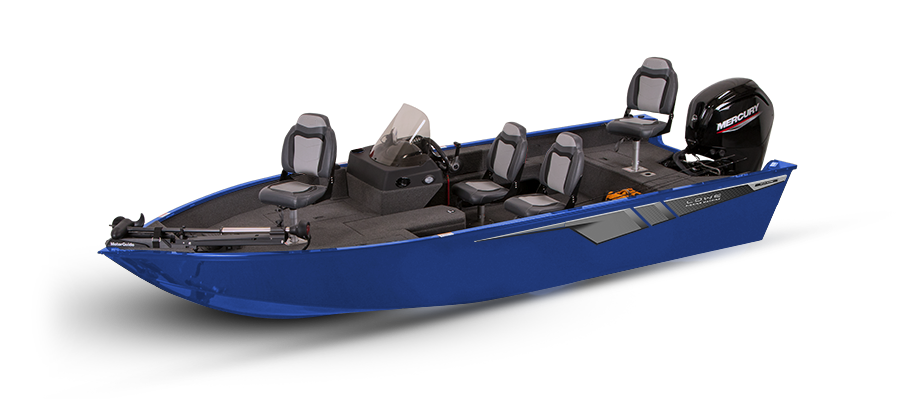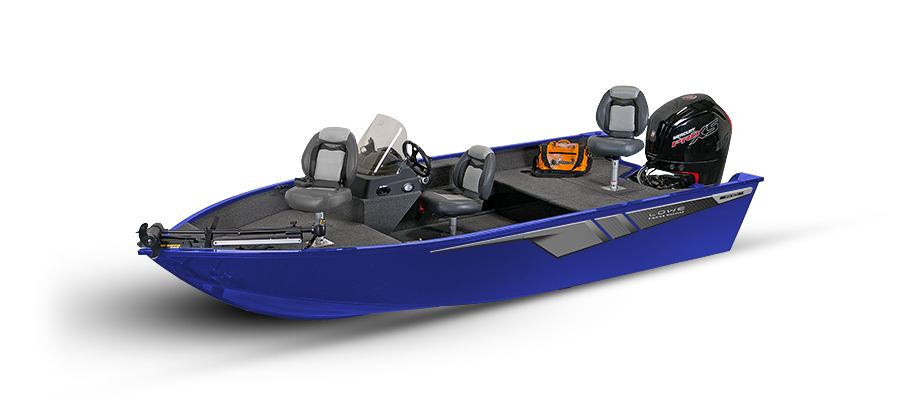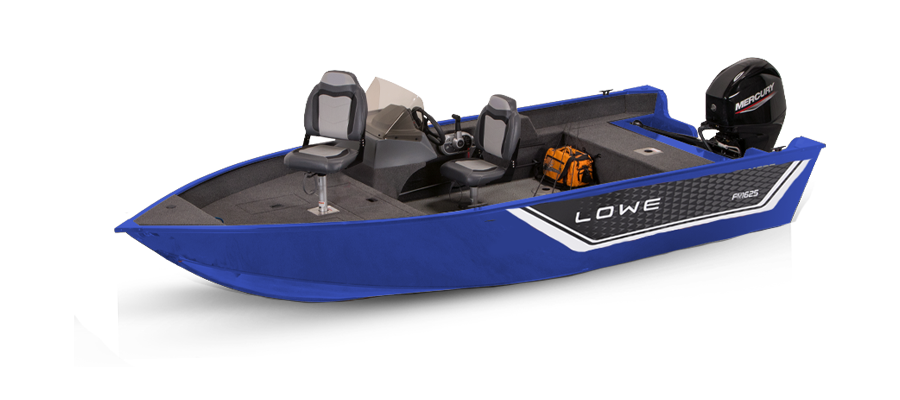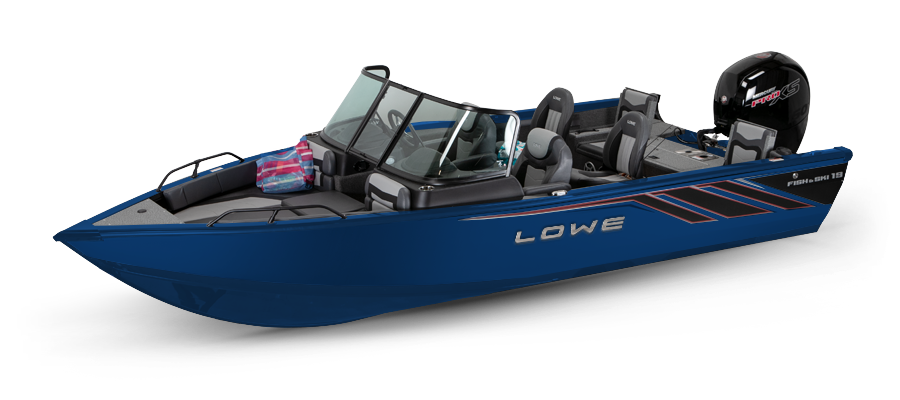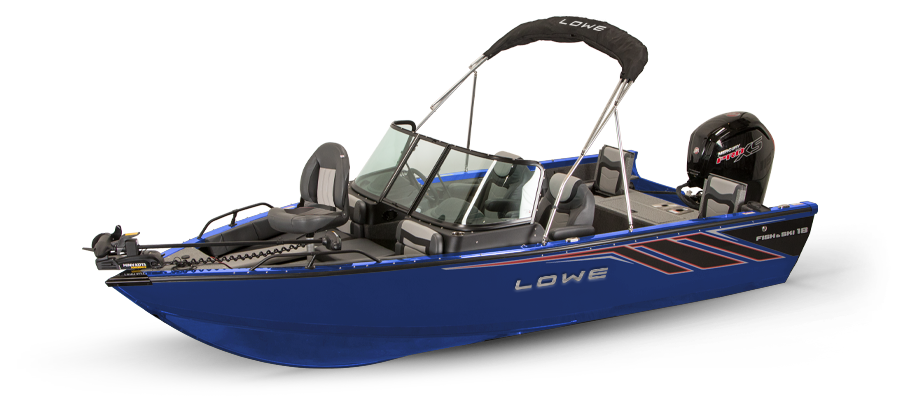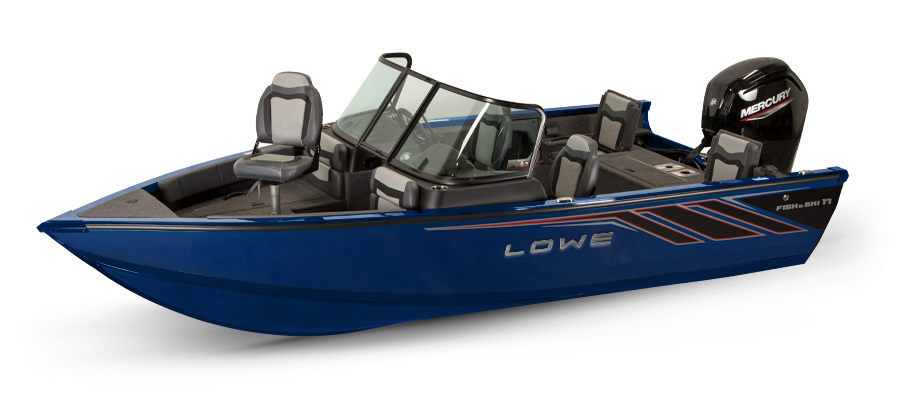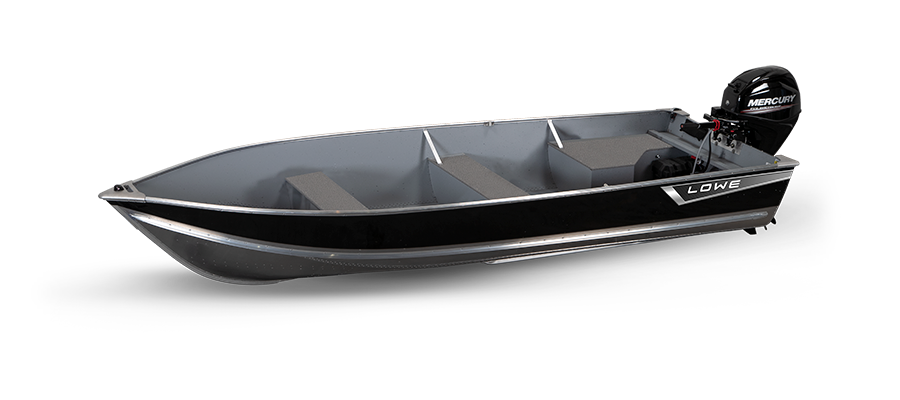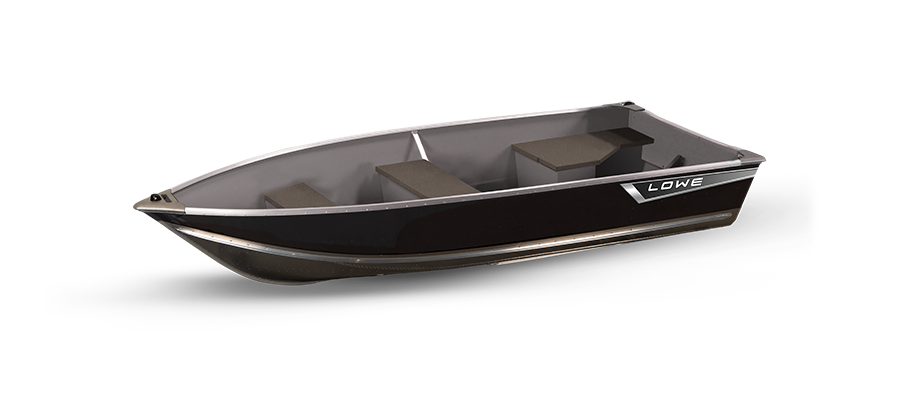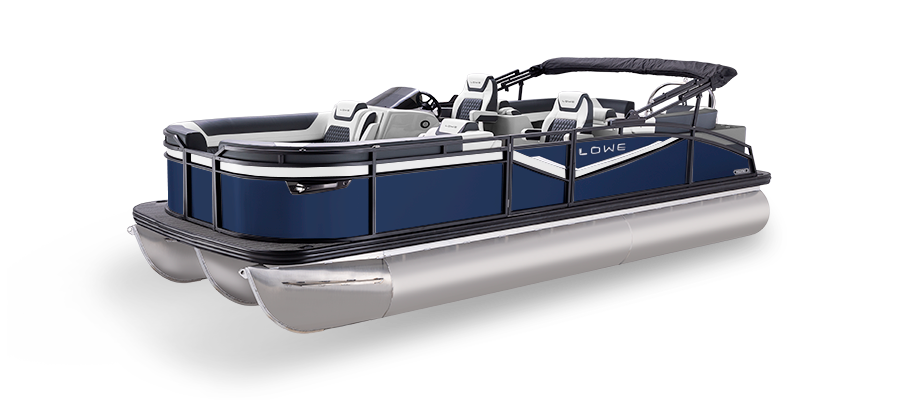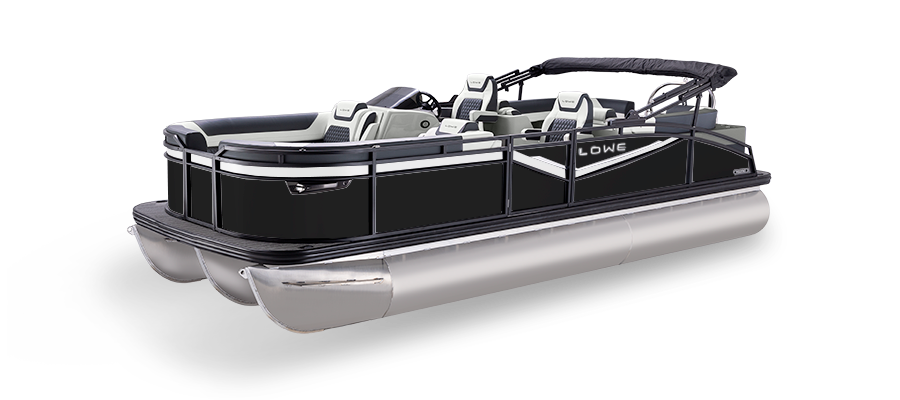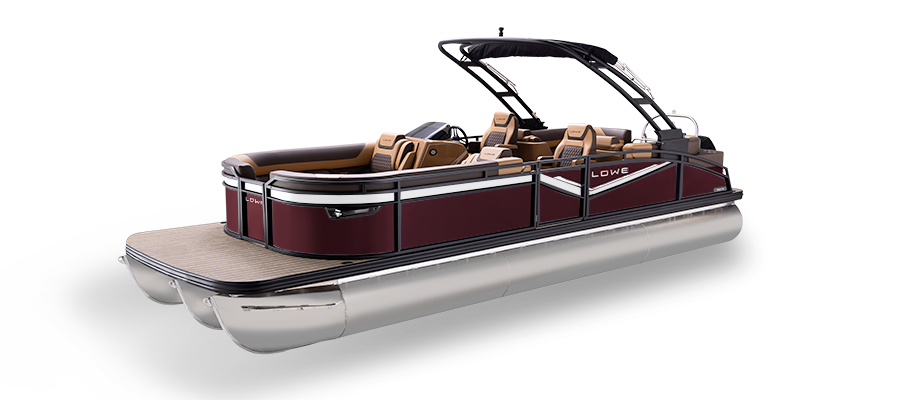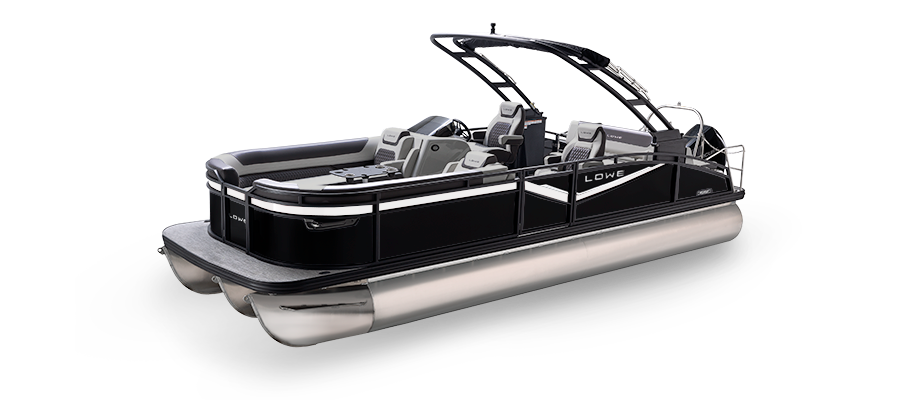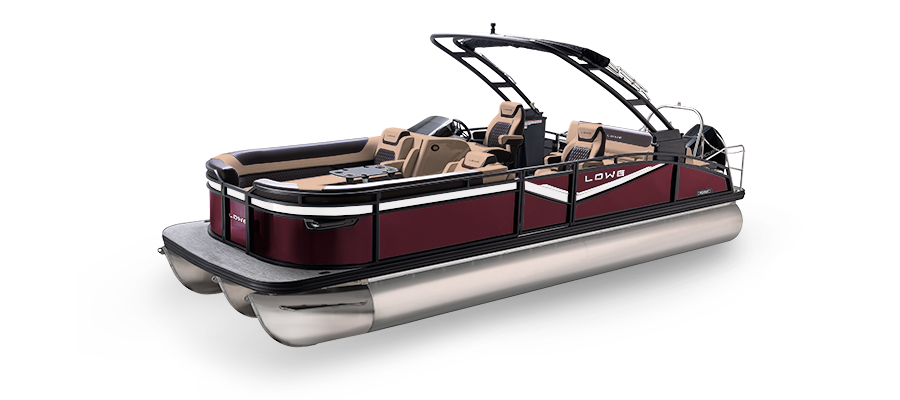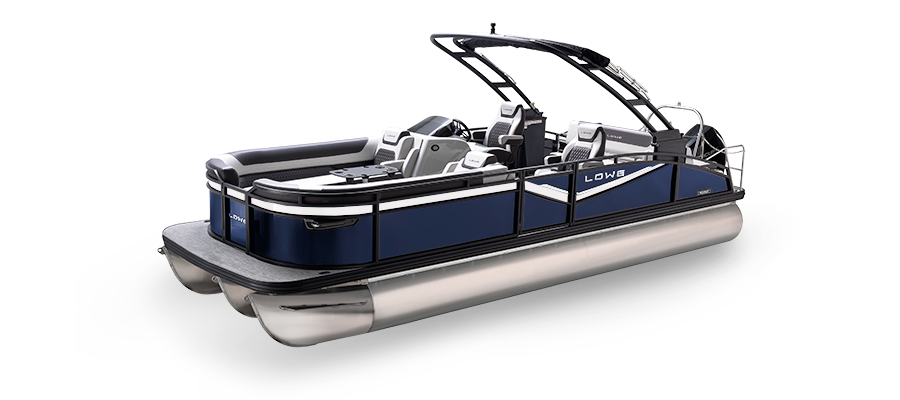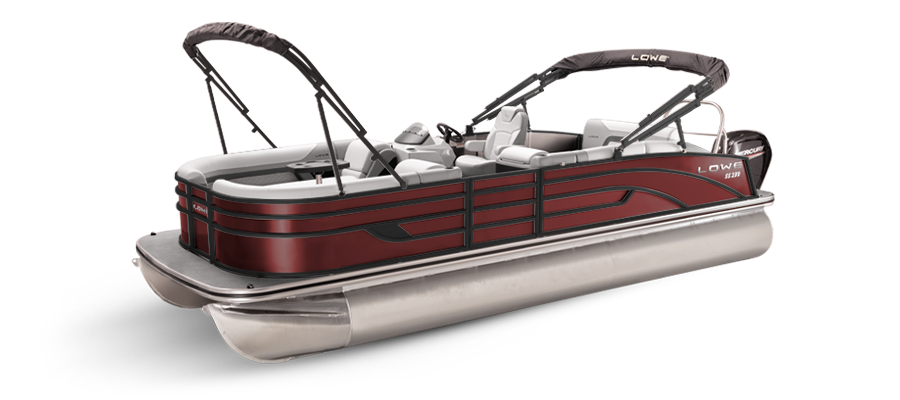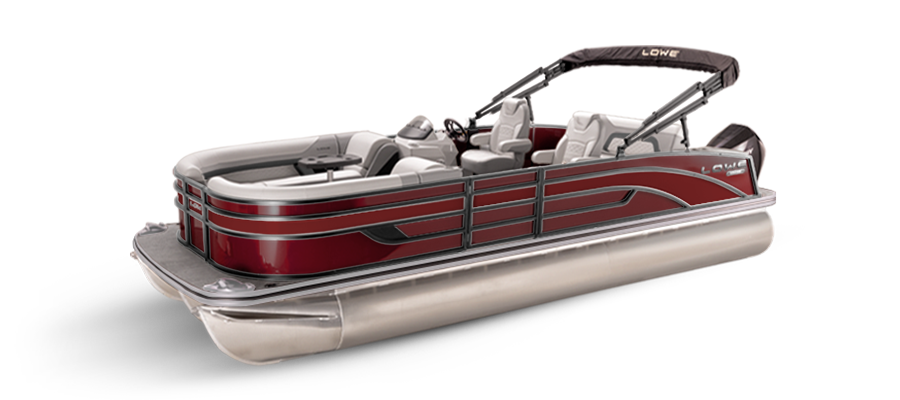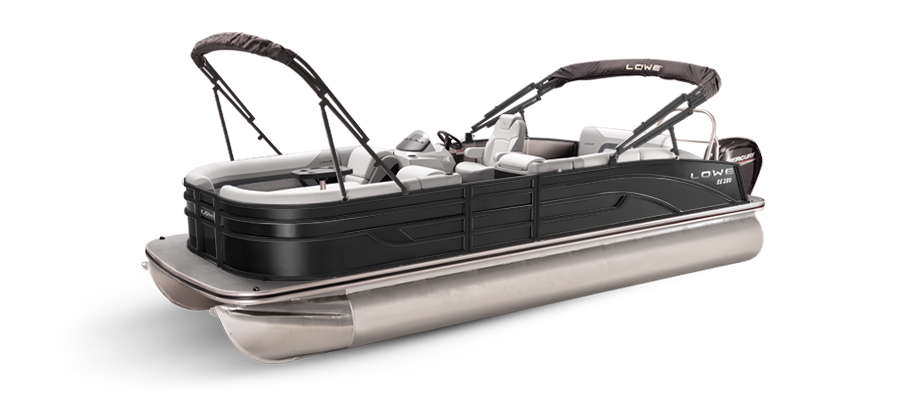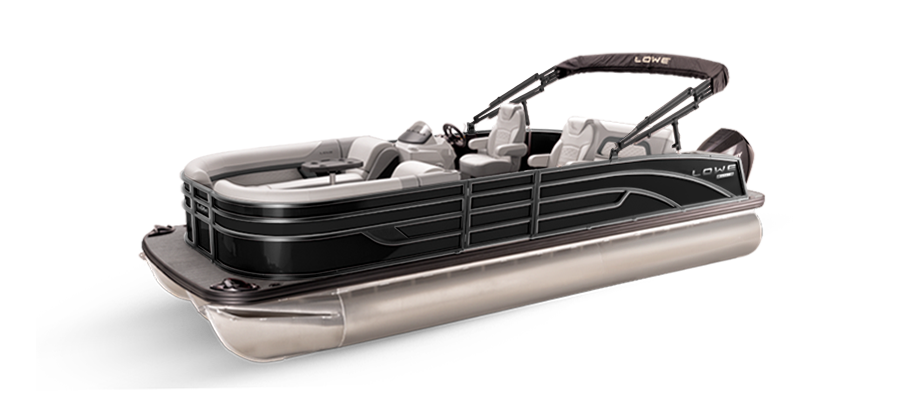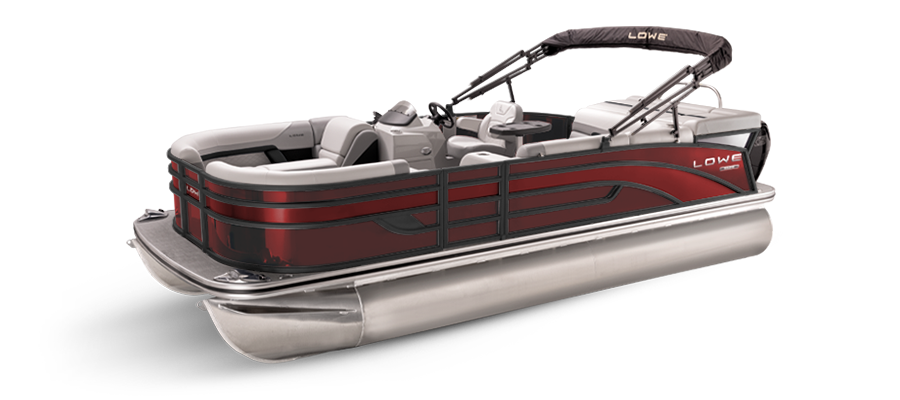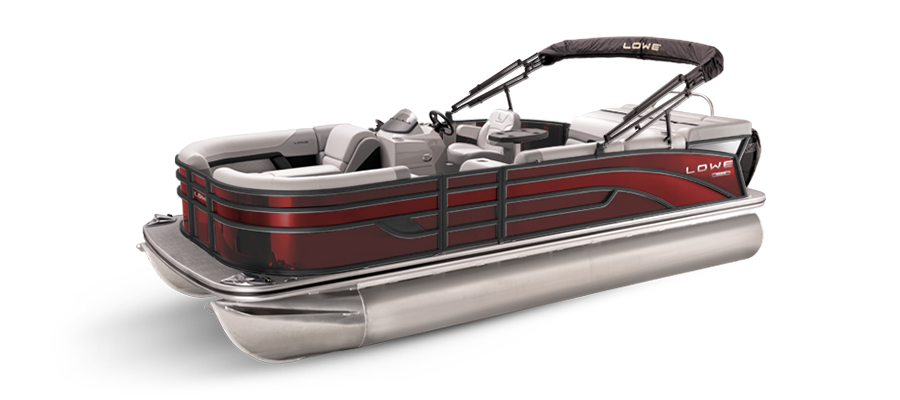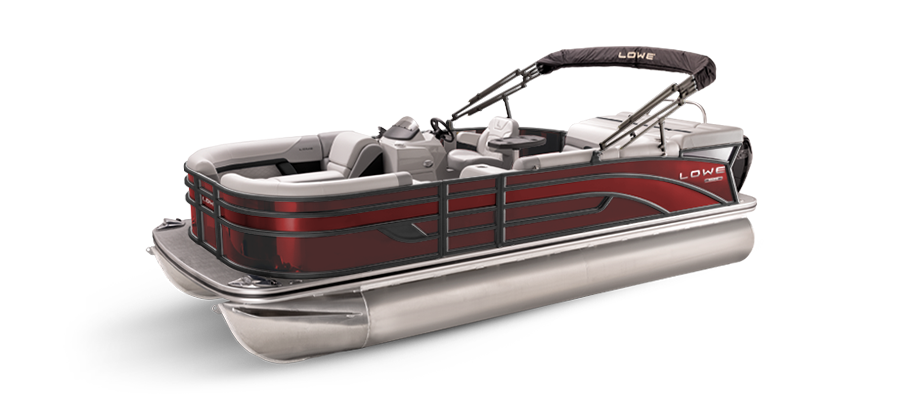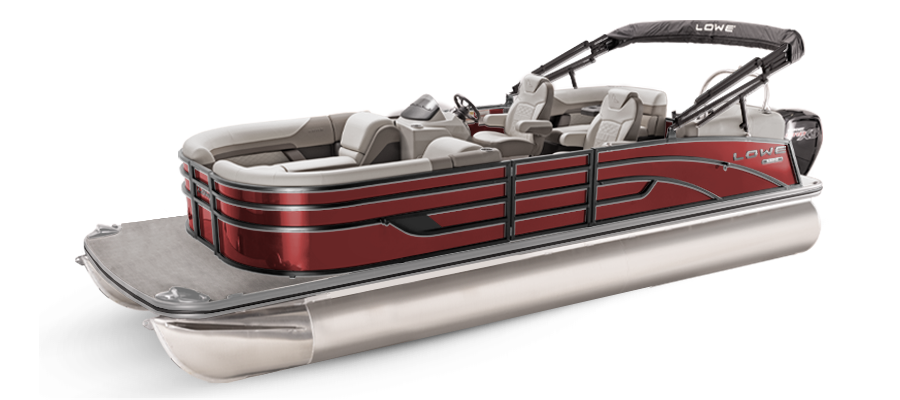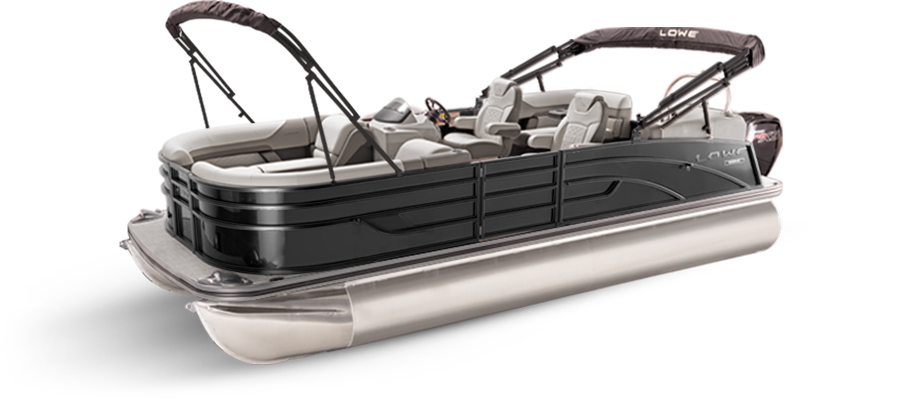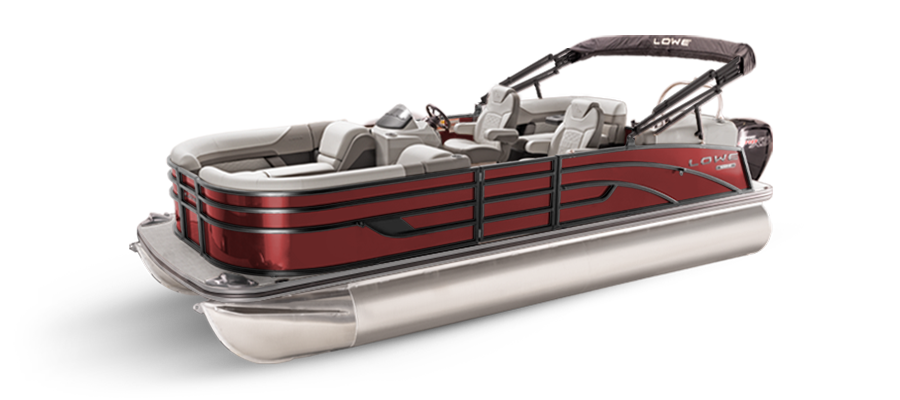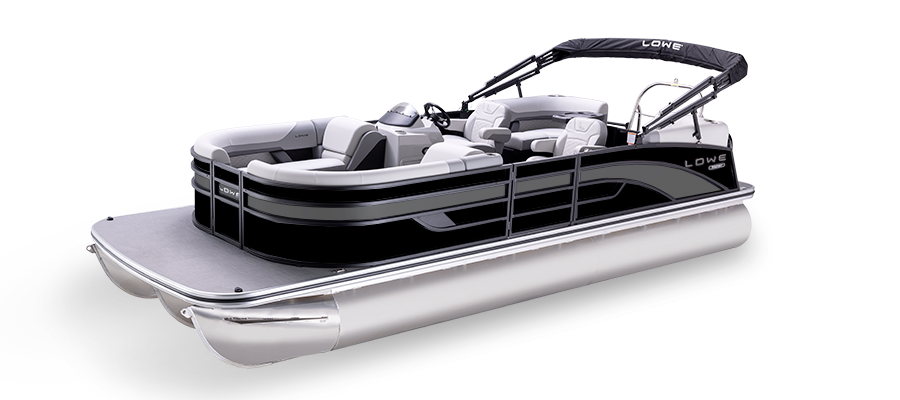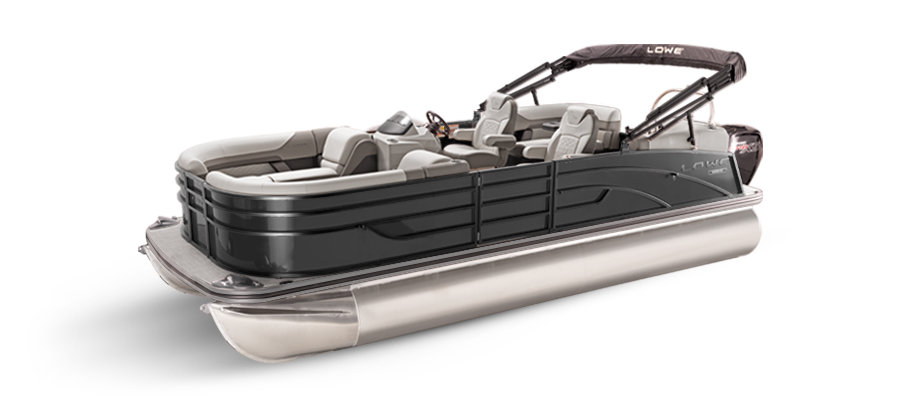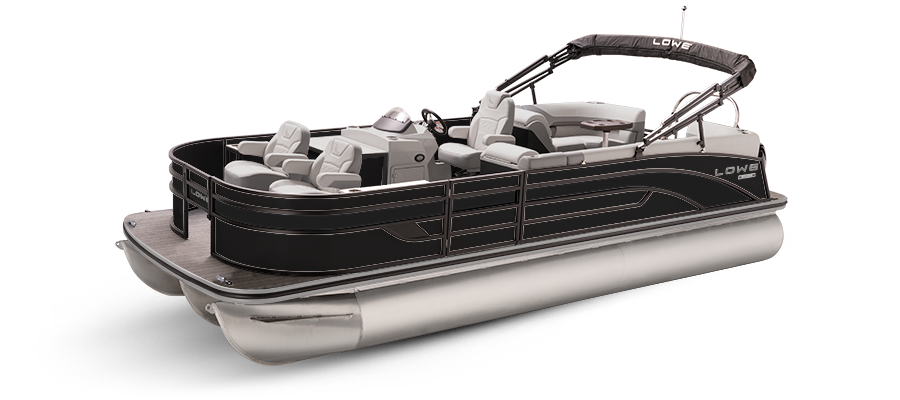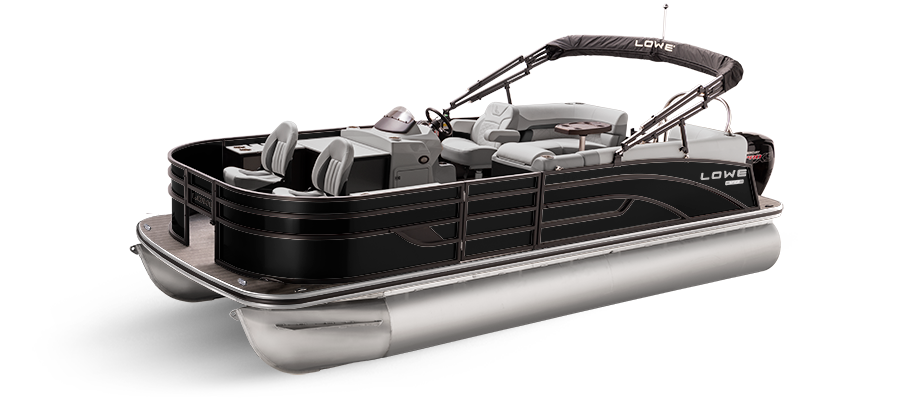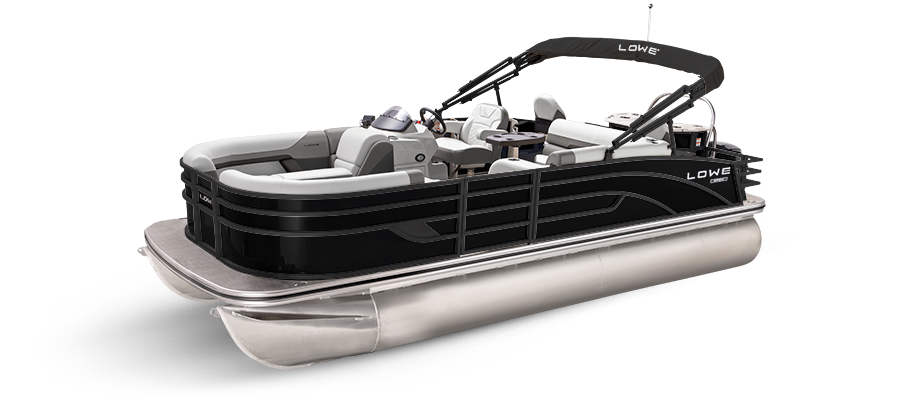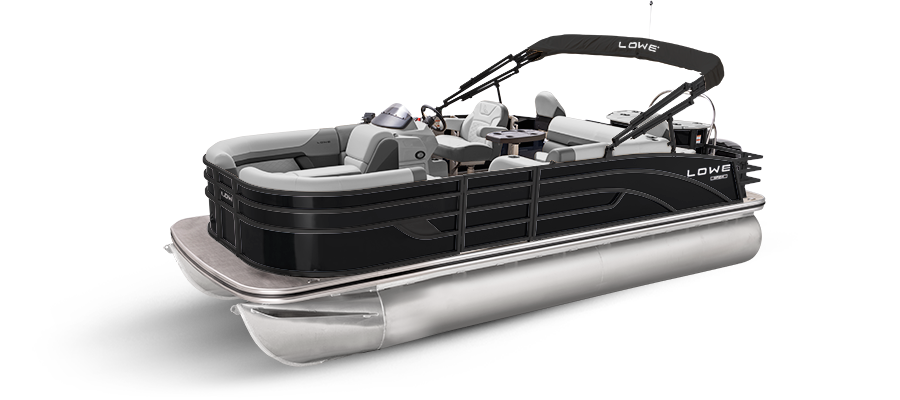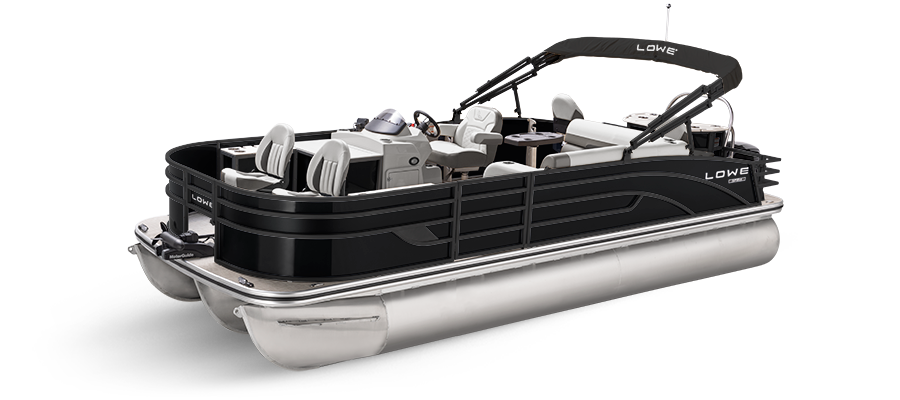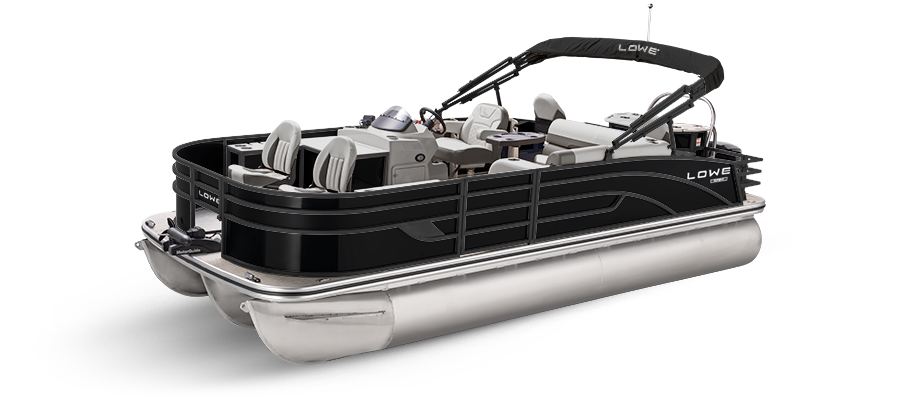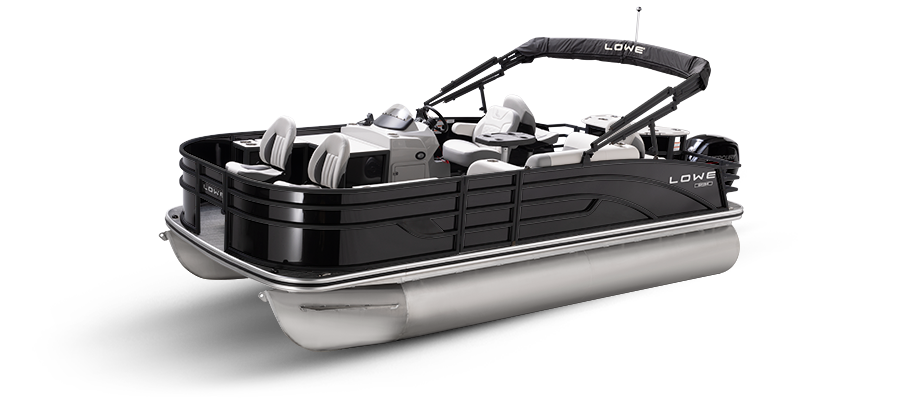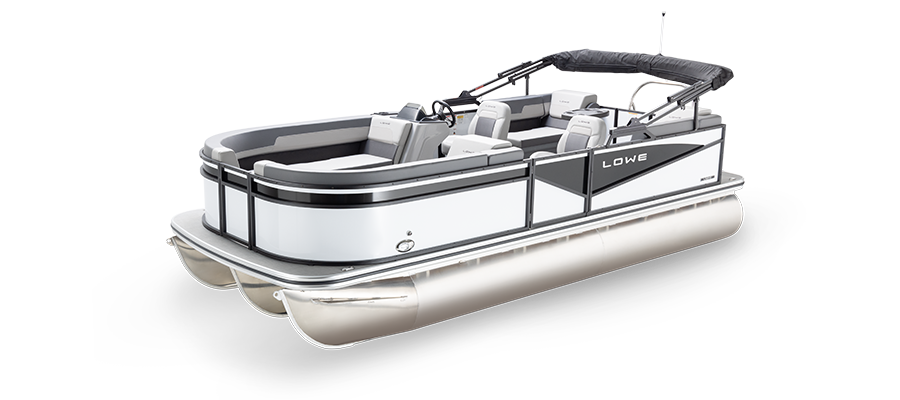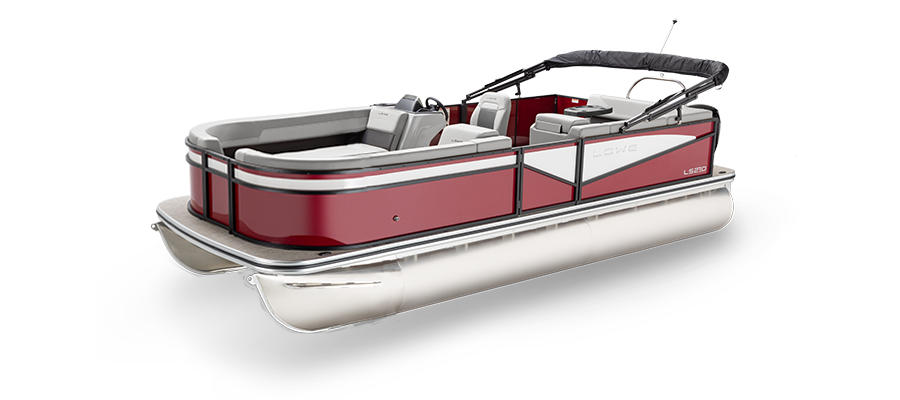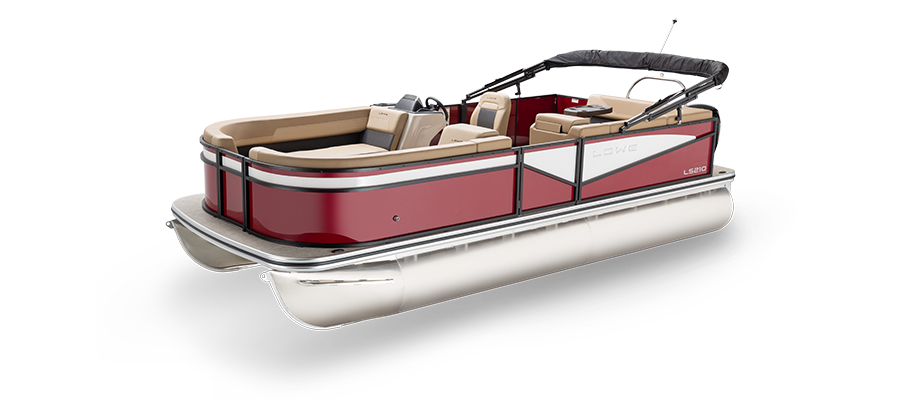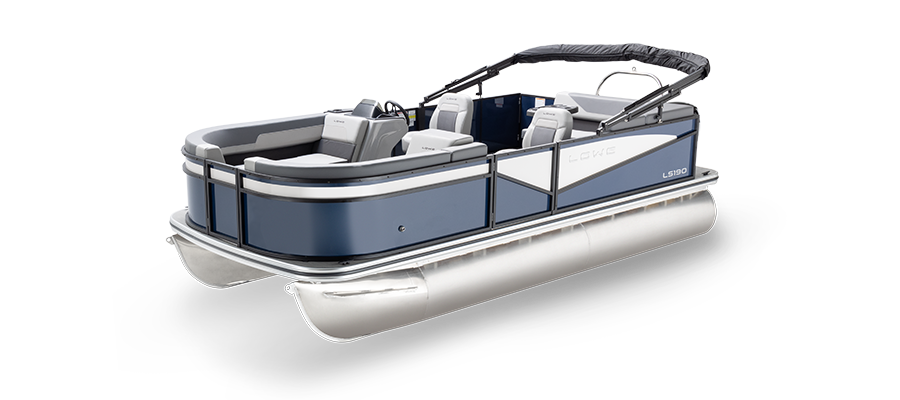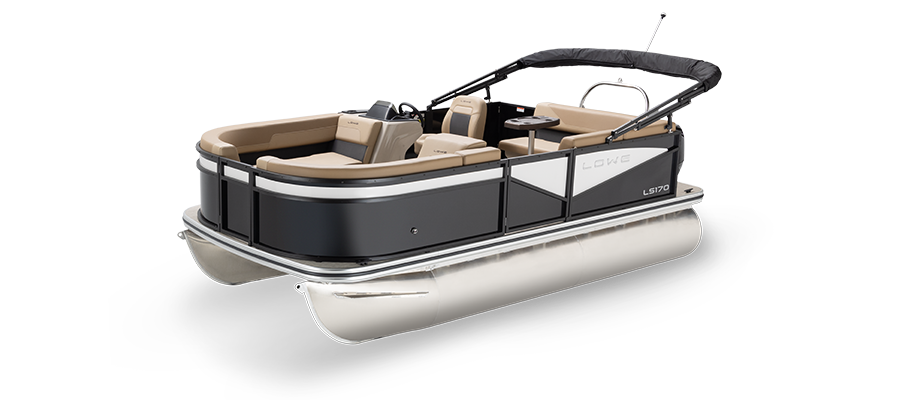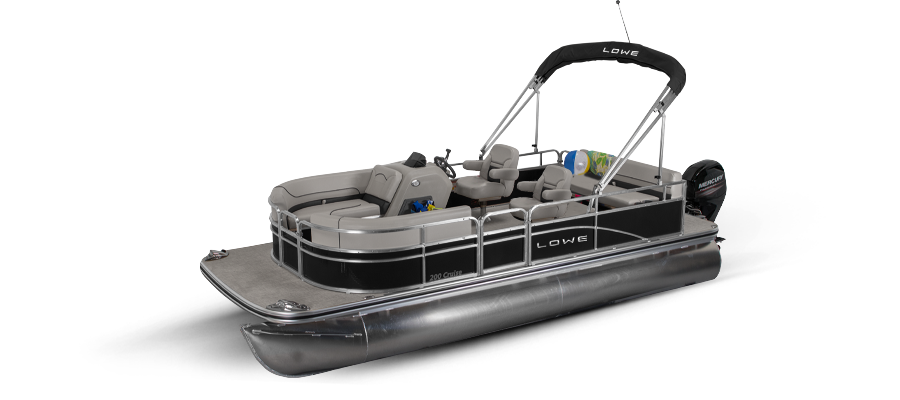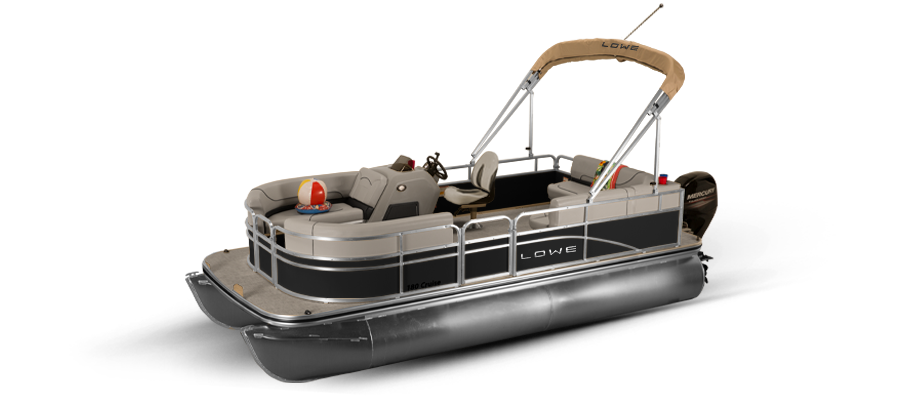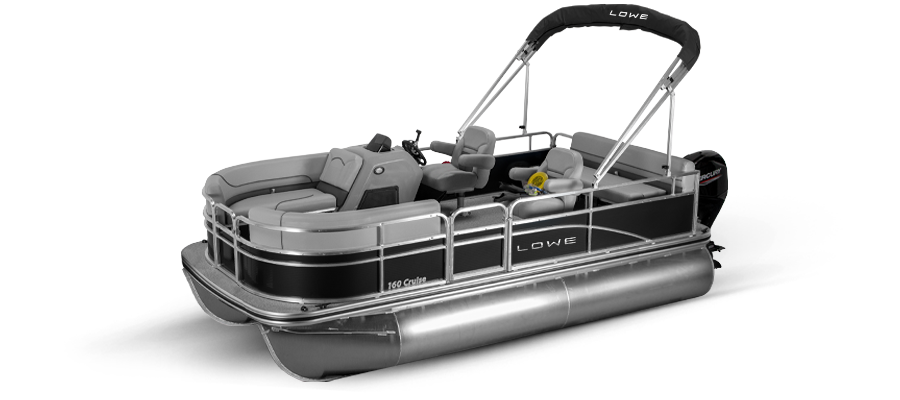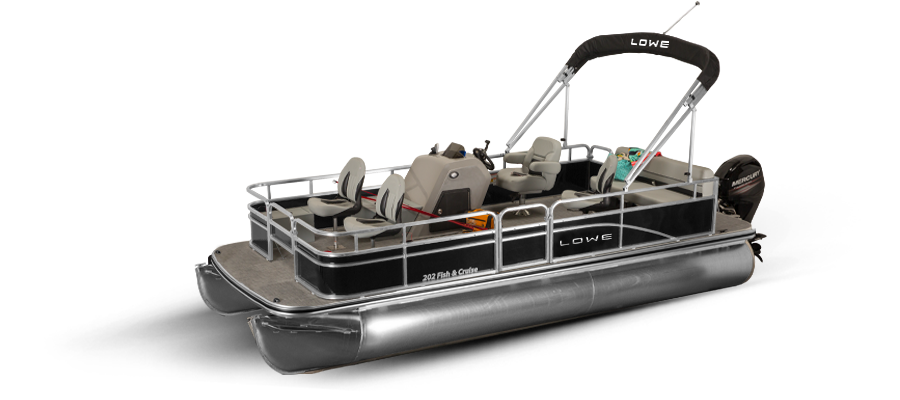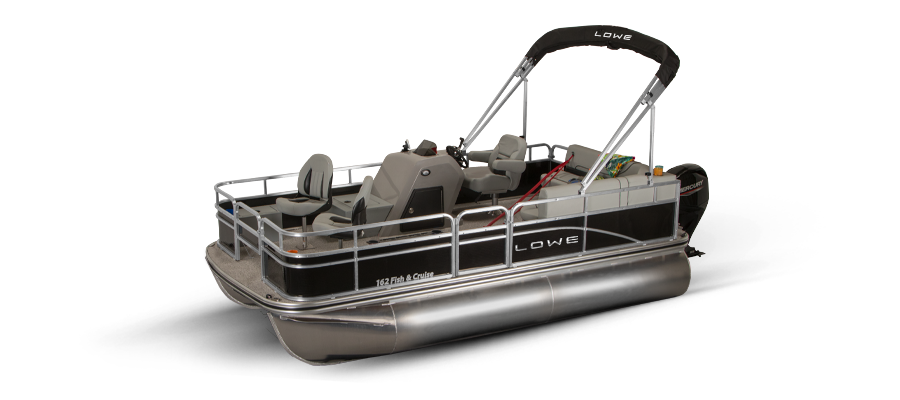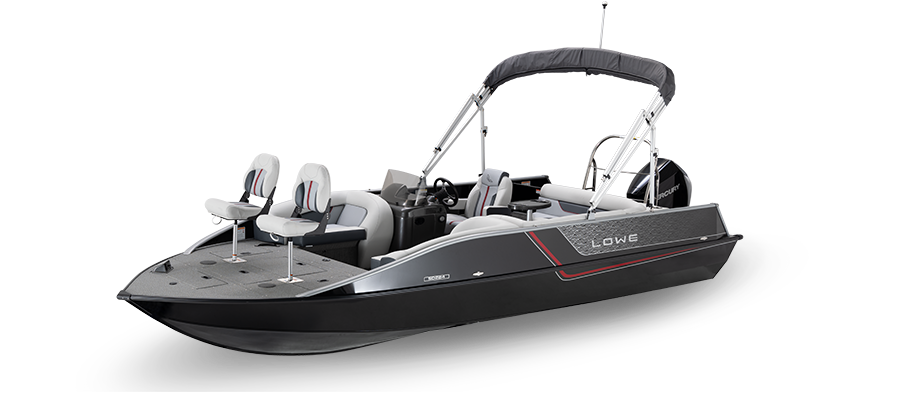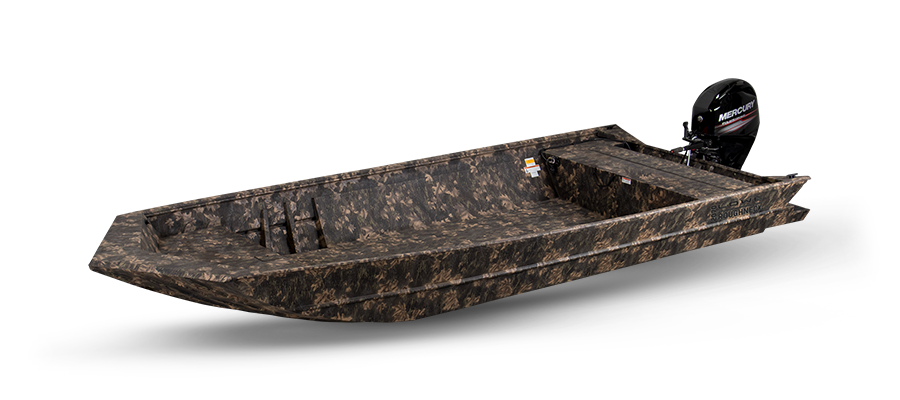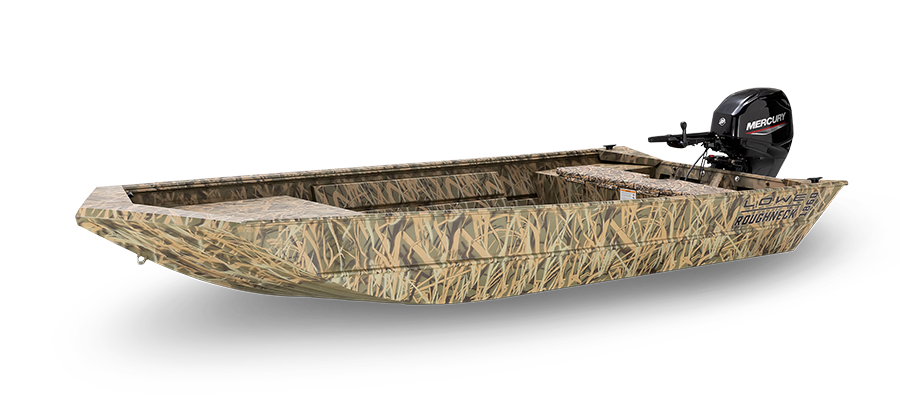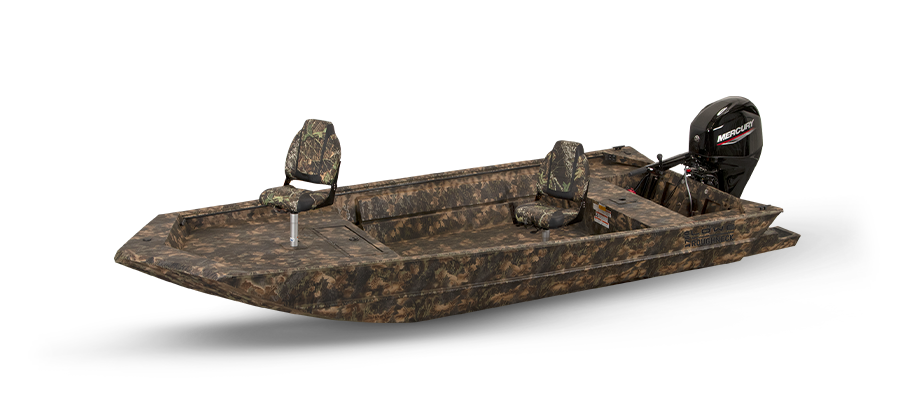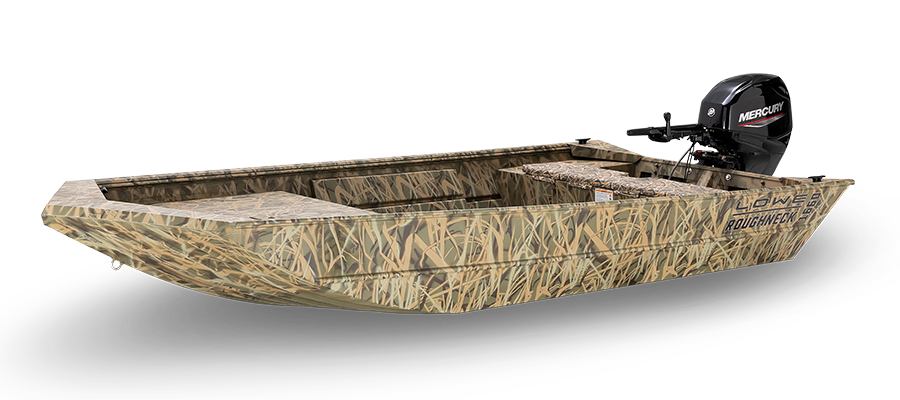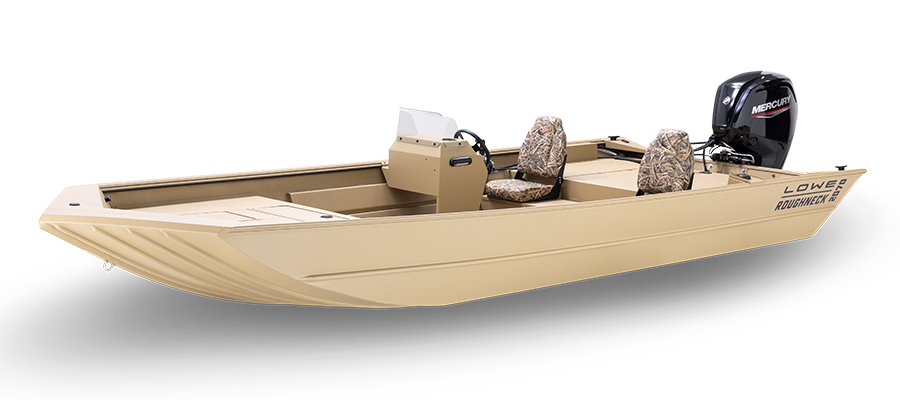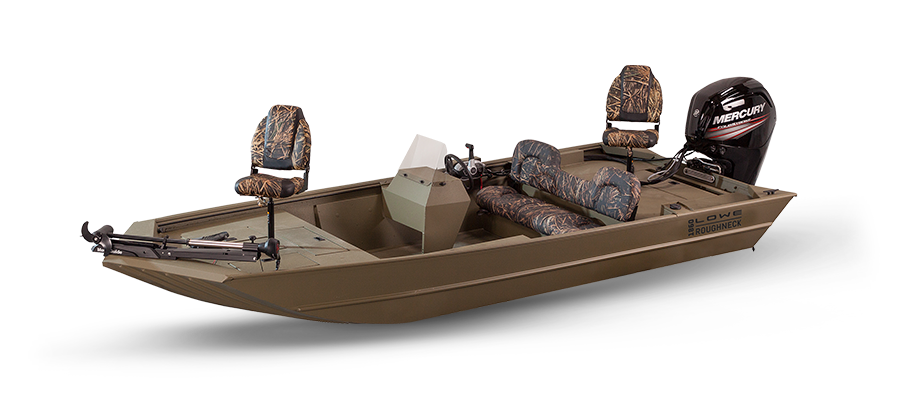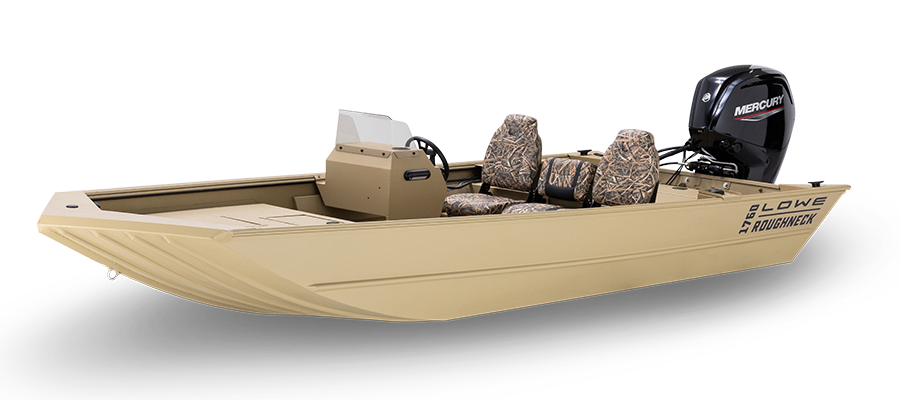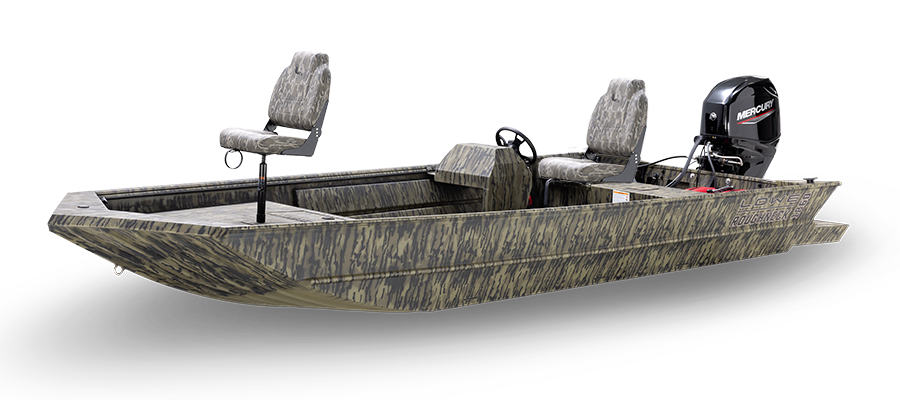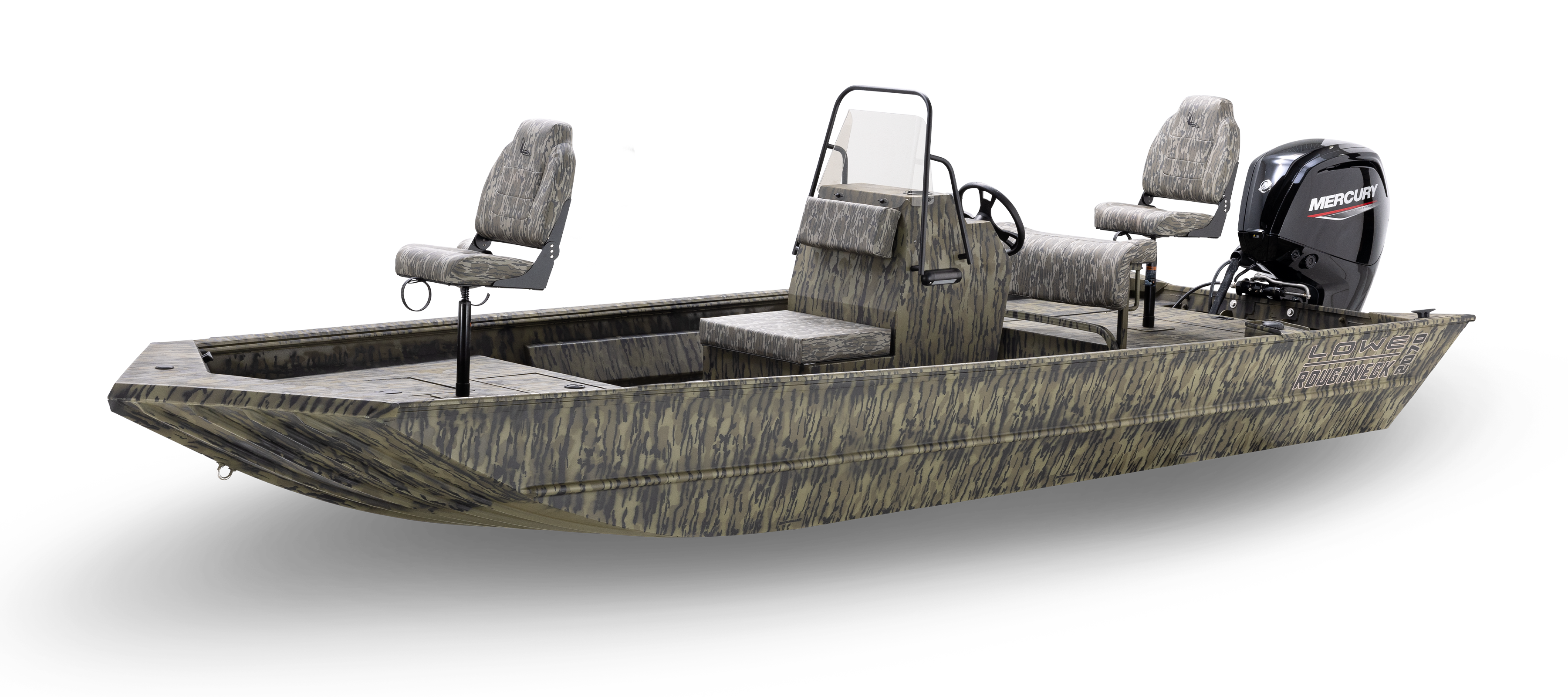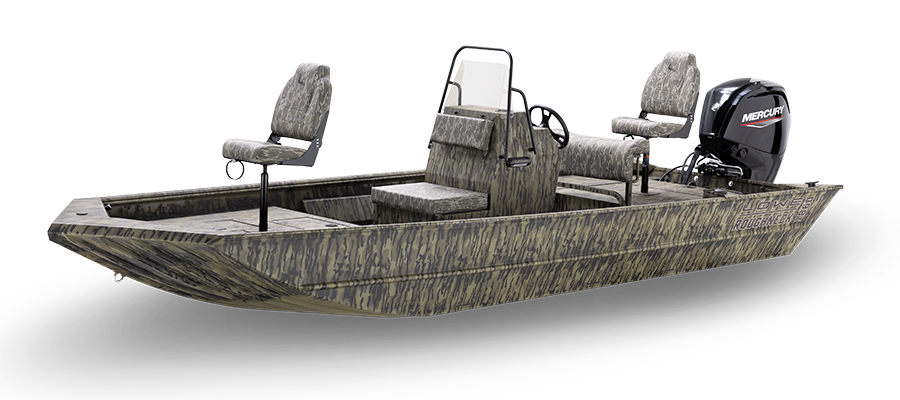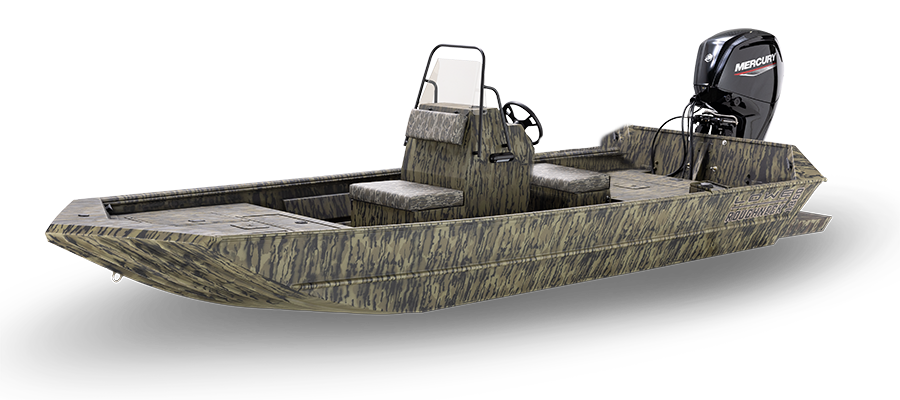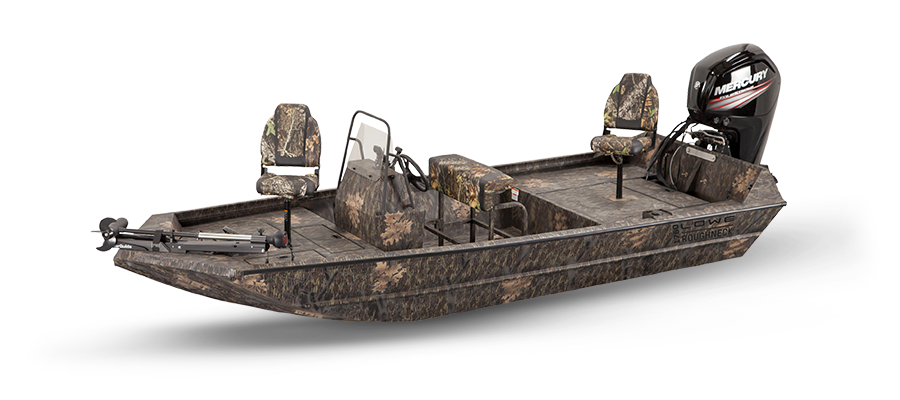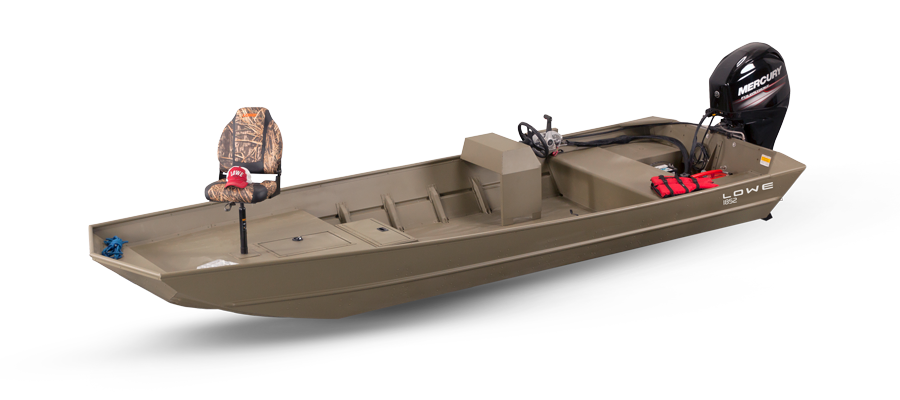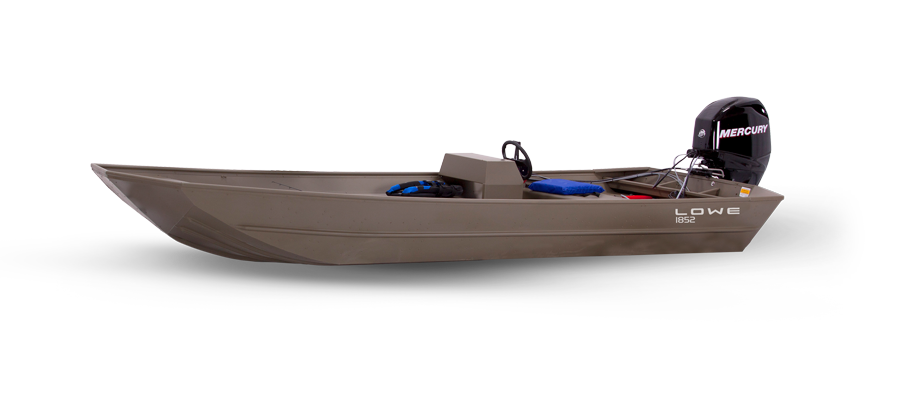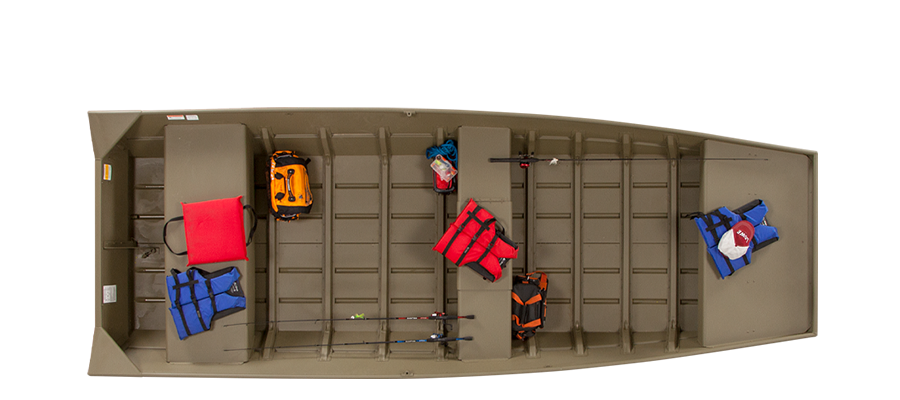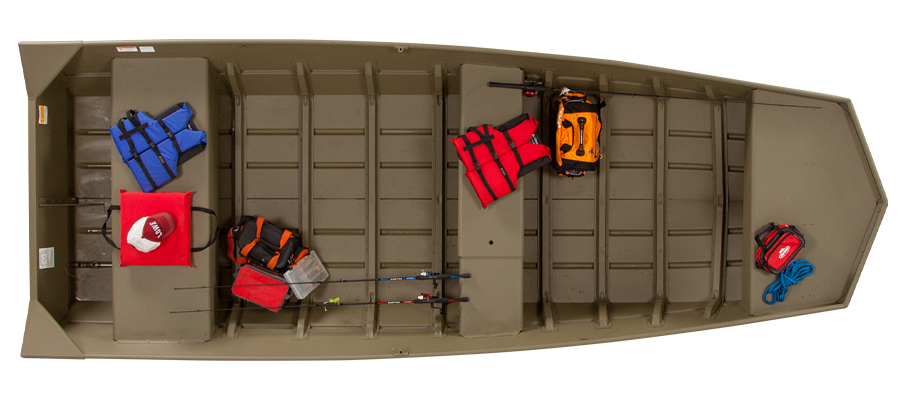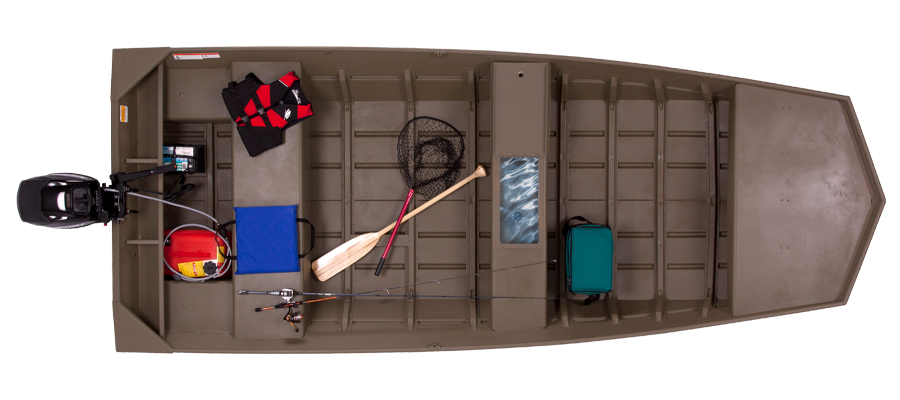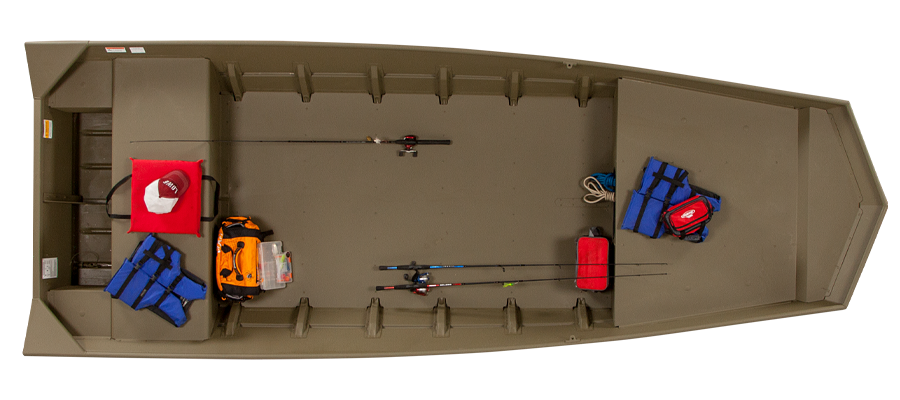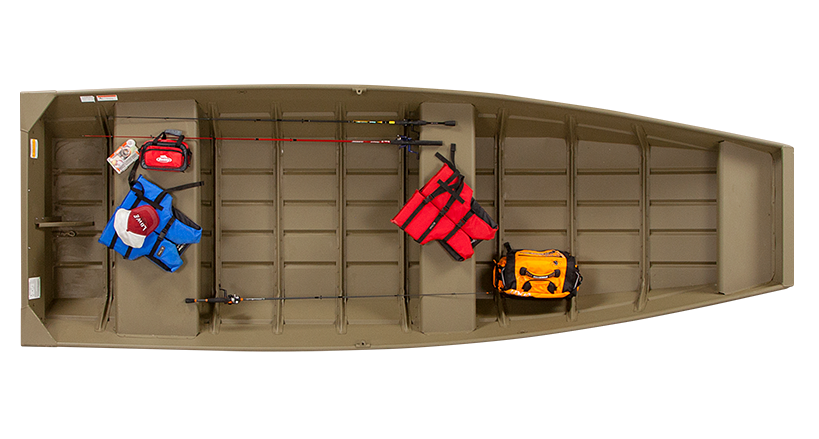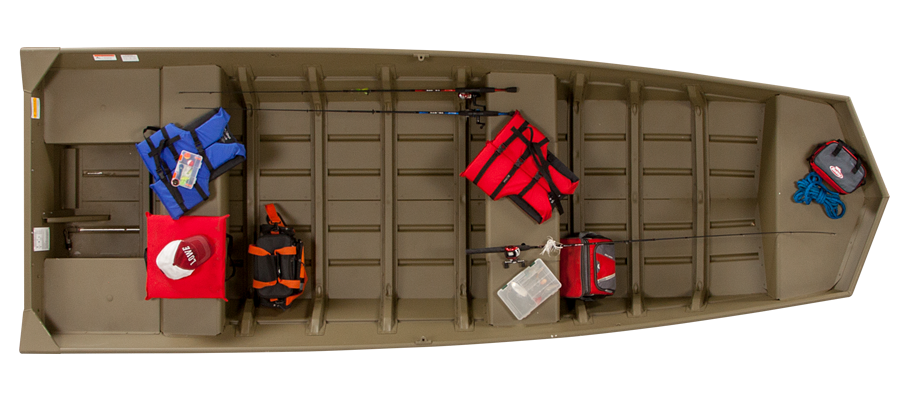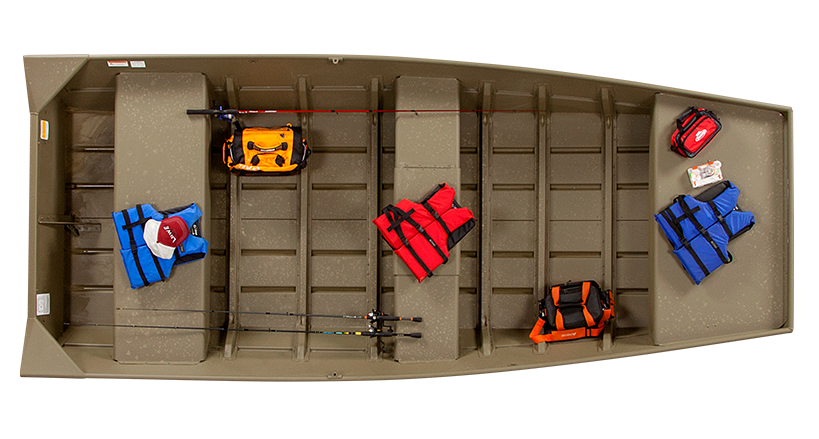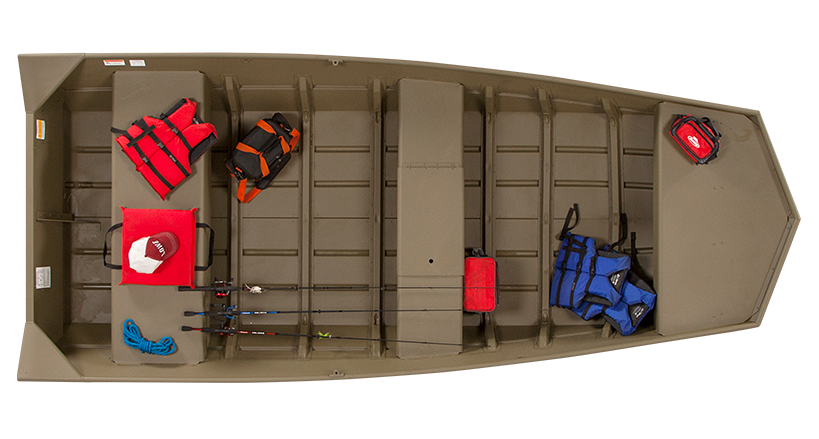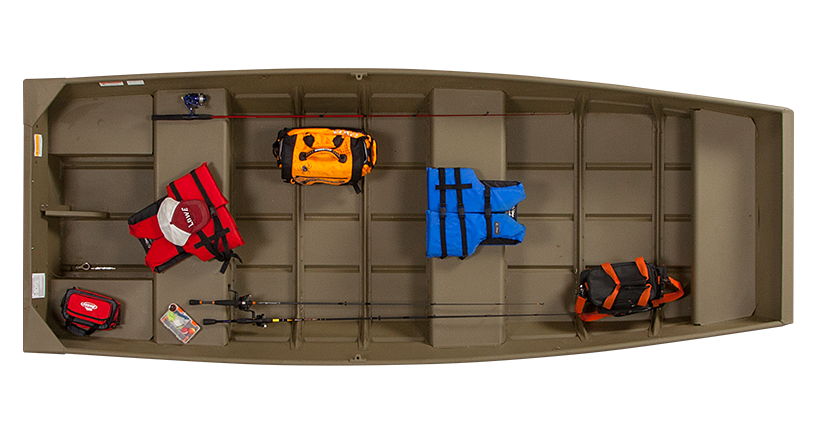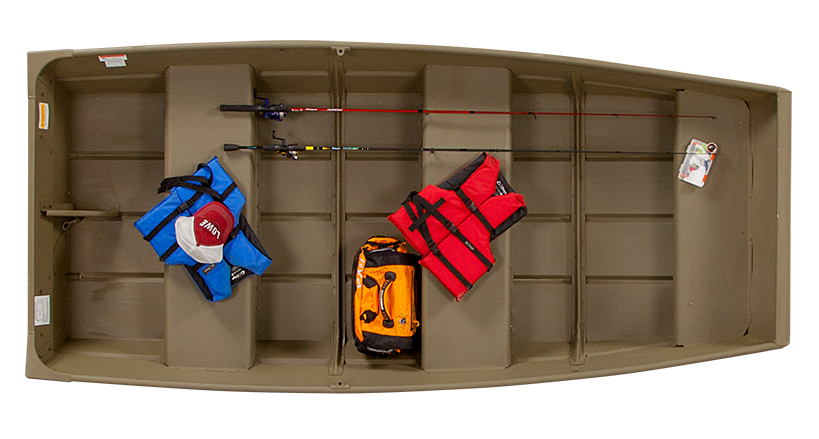-
Mod V
-
Stinger 8 Series Bass
-
Stinger 198
Stinger 198
HP Range: 150-200
For Big Bass and More
Designed for top performance and shallow water fishability, the Modified V series features big decks, advanced livewells, and a fast, smooth hull design.
Stinger 8 Series Bass Overview -
Stinger 188
Stinger 188
HP Range: 75-150
For Big Bass and More
Designed for top performance and shallow water fishability, the Modified V series features big decks, advanced livewells, and a fast, smooth hull design.
Stinger 8 Series Bass Overview -
Stinger 178
Stinger 178
HP Range: 60-115
For Big Bass and More
A bass-dominating competitor with a lightning-fast extended-pad Mod-V hull and the fishing features to launch you to the top of the leaderboard.
Stinger 8 Series Bass Overview
-
Stinger 198
-
Stinger-5-Series Bass Multispecies
-
Stinger 195 Bass
Stinger 195 Bass
HP Range: 90-150
For Big Bass and More
A multispecies master with the grit to get the fish, the Stinger 195B is spacious, fast, and tricked-out to make finding and catching your favorite prey easy.
Stinger-5-Series Bass Multispecies Overview -
Stinger 195C
Stinger 195C
HP Range: 90-150
For Big Bass and More
A multispecies master with the grit to get the fish, the Stinger 195C is spacious, fast, and tricked-out to make finding and catching your favorite prey easy.
Stinger-5-Series Bass Multispecies Overview -
Stinger 175C
Stinger 175C
HP Range: 25-80
For Big Bass and More
The Stinger 175C stands out from the crowd as the most complete 17 foot bass fishing boat package in the industry, with the performance and fishability anglers demand.
Stinger-5-Series Bass Multispecies Overview
-
Stinger 195 Bass
-
Outlet
-
Outlet 20
Outlet 20
HP Range: 115-150
For Big Catfish and More
Big lake and big river capability come standard on the Catfish, a tank of a boat built to chase big blues and flatheads with confidence.
Outlet Overview
-
Outlet 20
-
Side Console
-
Legacy
Legacy
HP Range: 60-90
For Big Bass and More
Looking back at the storied history that has made Lowe legendary, the Stinger Legacy also builds in the rugged, modern features that make fishing your favorite pastime.
Side Console Overview
-
Legacy
-
Skorpion
-
Skorpion 17
Skorpion 17
HP Range: 20-60
For Big Bass and More
The Skorpion 17 is a rugged, all-welded Mod-V aluminum fishing boat that's loaded with features and ready to hit the lake at a very friendly price point.
Skorpion Overview -
Skorpion 16
Skorpion 16
HP Range: 20-50
For Big Bass and More
Fully equipped for fishing, the Skorpion 16 is compact and easy to own, with the same tough-as-nails all-welded build as the bigger boats in the Skorpion line.
Skorpion Overview -
Skorpion SS
Skorpion SS
HP Range: 25-50
For Big Bass and More
The Skorpion SS (Stick Steer) is easy to drive, easy to own, and great for exploring smaller lakes and their shallower backwaters for the fishing action you love.
Skorpion Overview
-
Skorpion 17
-
Stinger 8 Series Bass
-
Bay
-
Center Console
-
22 BAY
22 Bay
HP Range: 115-200
Performance Driven from the Center Console
Spinning or baitcasting, drifting the reefs or fly fishing the flats, the Bay models are designed for the serious angler.
Center Console Overview -
20 BAY
20 Bay
HP Range: 115-150
Performance Driven from the Center Console
Take your fishing game to new extremes with Lowe's center console 20' Bay boat. It's pad hull design delivers peak performance and allows you to run in shallow waters!
Center Console Overview -
18 BAY
18 Bay
HP Range: 90-115
Performance Driven from the Center Console
Top-performing all-welded pad hull makes the 18 Bay a great inshore fishing boat.
Center Console Overview
-
22 BAY
-
Center Console
-
Deep-V Fishing
-
Walk Thru
-
FM 1800 WT
Fishing Machine 1800 Walk Thru
HP Range: 115-150
Big Water Means Big Fish
For big water adventure, the Deep-V fishing series brings all the fishing features for walleye, smallmouth, crappie, or any other species your angling heart desires.
Walk Thru Overview -
FM 1775 WT
Fishing Machine 1775 Walk Thru
HP Range: 90-115
Big Water Means Big Fish
Mid-sized but powerful, the FM 1775 WT is designed for fishing and built to perform in waters smooth and rough, north to south E2 80 94no matter what species is in your crosshairs.
Walk Thru Overview -
FM 1675 WT
Fishing Machine 1675 Walk Thru
HP Range: 60-90
Big Water Means Big Fish
Designed to be versatile and easy to own while still packing in professional fishing features, the FM 1675 WT makes fishing fun for everyone on board.
Walk Thru Overview -
FM 1625 WT
Fishing Machine 1625 Walk Thru
HP Range: 60-90
Big Water Means Big Fish
Compact and capable, the FM 1625 WT is an accomplished angler and a great value for fishermen of any skill level on waters of any size.
Walk Thru Overview
-
FM 1800 WT
-
Side Console
-
FM 1800 SC
Fishing Machine 1800 Side Console
HP Range: 115-150
Big Water Means Big Fish
The durable and versatile FM 1800 SC conquers chop from north to south, with premium fishability and the smooth, dry, and safe ride that has made Lowe a legend in Deep-V fishing.
Side Console Overview -
FM 1775 SC
Fishing Machine 1775 Side Console
HP Range: 90-115
Big Water Means Big Fish
The FM 1775 SC is built to fish in waters anywhere, with a wide-open cockpit, loads of storage, and a high-performance hull for a smooth ride that keeps you dry.
Side Console Overview -
FM 1675 SC
Fishing Machine 1675 Side Console
HP Range: 60-90
Big Water Means Big Fish
The FM 1675 SC makes fishing easy, with an open cockpit and durable Deep-V hull built to Lowe's exacting standards for years of fun and fish on the water.
Side Console Overview -
FM 1625 SC
Fishing Machine 1625 Side Console
HP Range: 60-90
Big Water Means Big Fish
Built to perform no matter where you like to fish, the FM 1625 SC is loaded with features at a great value to serve you well from the first cast to the last.
Side Console Overview
-
FM 1800 SC
-
Walk Thru
-
Deep-V Fish & Ski
-
Walk Thru
-
Fish & Ski 1900
Fish & Ski 1900
HP Range: 150-175
Fish and Fun for Everyone
For families who love to play on the water, the Deep-V Fish & Ski series are versatile, safe, and super-fun boats that please the whole crew.
Walk Thru Overview -
Fish & Ski 1800
Fish & Ski 1800
HP Range: 115-150
Fish and Fun for Everyone
Making memories on the water is the singular goal of the design behind the FS 1800-a boat packed with comfort, fun, and angling features to make your lake life a reality.
Walk Thru Overview -
Fish & Ski 1700
Fish & Ski 1700
HP Range: 60-115
Fish and Fun for Everyone
Fishing? Skiing? Trolling? The FS 1700 is designed to do it all, while putting smiles on the faces of everyone in the family.
Walk Thru Overview -
Fish & Ski 1625
Fish & Ski 1625
HP Range: 60-90
Fish and Fun for Everyone
The FS 1625 is a comfortable and nimble fun and fishing machine with all the amenities of its bigger sisters in the Fish & Ski family.
Walk Thru Overview
-
Fish & Ski 1900
-
Walk Thru
-
Utility
-
Tiller
-
WV1670
WV1670
Hard-Working Boats with Many Uses
These all-purpose V-bottom boats are designed for versatility and built to last anywhere you fish.
Tiller Overview -
WV1470
WV1470
Hard-Working Boats with Many Uses
Tough, reliable, and versatile, the WV1470 is the riveted Deep-V jon that can do it all.
Tiller Overview
-
WV1670
-
Tiller
-
RS
-
Walk Thru
-
RS 230 WT
RS 230 Walk Thru
HP Range: 115-250
Limitless opportunities for recreation—and memories.
With 23 feet of walkable deck, space for up to 13 people and all the premium amenities of our larger models, the RS 230 WT strikes a sweet spot between spectacular and sensible.
Walk Thru Overview -
RS 250 WT
RS 250 Walk Thru
HP Range: 150-300
Limitless opportunities for recreation—and memories.
Lots of space, ample seating and plenty of horsepower make the RS 250 WT the perfect pontoon for on-water entertainment..
Walk Thru Overview -
RS 270 EW
RS 270 Extended Walk Thru
HP Range: 200-300
Limitless opportunities for recreation—and memories.
With its open layout and extended deck, the RS 270 EWT lets you bring all your favorite people to experience the thrill of being on the water.
Walk Thru Overview
-
RS 230 WT
-
Dual Helm
-
RS 230 DL
RS 230 Dual Helm
HP Range: 115-250
Whatever you want to do, you can do it all.
Both roomy and reasonable, it’s easy to get on board with the gorgeous RS 230 DL.
Dual Helm Overview -
RS 250 DL
RS 250 Dual Helm
HP Range: 150-300
Whatever you want to do, you can do it all.
Take in the scenery ahead or the skiers behind from the RS 250 DL’s plush bench seats, ergonomic dual helms or aft conversion lounge.
Dual Helm Overview -
RS 270 EL
RS 270 Extended Dual Helm
HP Range: 200-300
Whatever you want to do, you can do it all.
With an extended deck, a dual helm and expansive aft conversion lounge, the RS 270 EDL offers total versatility for however you choose to cruise.
Dual Helm Overview
-
RS 230 DL
-
Walk Thru
-
SS
-
Conversion
-
SS 230 CL
SS 230 Conversion Lounge
HP Range: 115-250
Relax or Splash on the SS Line of Pontoons
Prime versatility and extreme comfort are standard with the SS 230 CL, a mid-sized pontoon for anyone who loves the lake life.
Conversion Overview -
SS 230 DL
SS 230 Dual Helm Conversion Lounge
HP Range: 115-250
Relax or Splash on the SS Line of Pontoons
Prime versatility and extreme comfort are standard with the SS 230 DL, a mid-sized pontoon for anyone who loves the lake life.
Conversion Overview -
SS 210 CL
SS 210 Conversion Lounge
HP Range: 60-150
Relax or Splash on the SS Line of Pontoons
The SS 210 CL keeps it fun on the water with premium styling, world-class performance, and a comforting layout.
Conversion Overview -
SS 210 DL
SS 210 Dual Helm Conversion Lounge
HP Range: 60-150
Relax or Splash on the SS Line of Pontoons
The SS 210 DL keeps it fun on the water with premium styling, world-class performance, and a comforting layout.
Conversion Overview
-
SS 230 CL
-
L-Shaped
-
SS 230
SS 230
HP Range: 25-250
Relax or Splash on the SS Line of Pontoons
Cruising, skiing, fishing, tubing - the SS 230 is ready for anything with best-in-class performance and optimized comfort for all.
L-Shaped Overview -
SS 210
SS 210
HP Range: 60-150
Relax or Splash on the SS Line of Pontoons
Take to the water with style and comfort in the SS 210, a mid-sized pontoon with all the creature comforts your sophisticated lifestyle demands.
L-Shaped Overview -
SS 190
SS 190
HP Range: 9.9-115
Relax or Splash on the SS Line of Pontoons
The compact and nimble SS 190 is truly a pontoon for everyone, with many of the features of its larger siblings in the fleet.
L-Shaped Overview
-
SS 230
-
Walk Thru
-
SS 270 Ext WT
SS 270 Extended Walk Thru
HP Range: 200-300
Relax or Splash on the SS Line of Pontoons
Life may be better on the water, but it's best on a SS 270 EWT! With an expansive extended deck and premium comfort features, it's poised to please.
Walk Thru Overview -
SS 250 WT
SS 250 Walk Thru
HP Range: 150-300
Relax or Splash on the SS Line of Pontoons
Your personal play-room on the water, the SS 250 WT features an inviting layout and premium amenities to generate memories year after year.
Walk Thru Overview -
SS 230 WT
SS 230 Walk Thru
HP Range: 115-250
Relax or Splash on the SS Line of Pontoons
Take a long weekend and enjoy life on the SS 230 WT - a smooth performer and ultra-comforting living room on the water.
Walk Thru Overview -
SS 230 WV
SS 230 Walk Thru Special
HP Range: 115-150
Relax or Splash on the SS Line of Pontoons
Take a long weekend and enjoy life on the SS 230 WV - a smooth performer and ultra-comforting living room on the water.
Walk Thru Overview -
SS 210 WT
SS 210 Walk Thru
HP Range: 60-150
Relax or Splash on the SS Line of Pontoons
A perfect platform for entertaining on the water, the SS 210 WT combines plush comfort, prime performance, and an open floor plan into one amazing pontoon.
Walk Thru Overview
-
SS 270 Ext WT
-
Conversion
-
SF
-
Walk Thru
-
SF 232 WT
SF 232 Walk Thru
HP Range: 115-250
Fishing and Fun on the Water Come Standard
Whether your family loves fishing or just cruising and relaxing, the SF makes your lake life dreams real.
Walk Thru Overview -
SF 212 WT
SF212 Walk Thru
HP Range: 60-150
Fishing and Fun on the Water Come Standard
The versatile SF Series energizes time spent on the water with premium features for fishing, relaxation, and watersports.
Walk Thru Overview
-
SF 232 WT
-
Rear Fishing Station
-
SF 232
SF 232
HP Range: 115-250
Fishing and Fun on the Water Come Standard
Whether your family loves fishing or just cruising and relaxing, the SF makes your lake life dreams real.
Rear Fishing Station Overview -
SF 212
SF 212
HP Range: 60-150
Fishing and Fun on the Water Come Standard
The versatile SF Series energizes time spent on the water with premium features for fishing, relaxation, and watersports.
Rear Fishing Station Overview
-
SF 232
-
Fishing
-
SF 234
SF 234
HP Range: 115-250
Fishing and Fun on the Water Come Standard
Whether your family loves fishing or just cruising and relaxing, the SF makes your lake life dreams real.
Fishing Overview -
SF 214
SF 214
HP Range: 60-150
Fishing and Fun on the Water Come Standard
The versatile SF Series energizes time spent on the water with premium features for fishing, relaxation, and watersports.
Fishing Overview -
SF 194
SF 194
HP Range: 9.9-115
Fishing and Fun on the Water Come Standard
Whether your family loves fishing or just cruising and relaxing, the SF makes your lake life dreams real.
Fishing Overview
-
SF 234
-
Walk Thru
-
LS
-
Walk Thru
-
LS 230 WT
LS 230 Walk Thru
HP Range: 9.9-250
Move through your summers with ease
With a total pass-through design and comfortable seating throughout, the LS 230 Walk Thru accommodates up to 12 passengers and allows for easy movement from bow to stern.
Walk Thru Overview -
LS 210 WT
LS 210 Walk Thru
HP Range: 9.9-150
Move through your summers with ease
With a total pass-through design and comfortable seating throughout, the LS 210 Walk Thru accommodates up to 10 passengers and allows for easy movement from bow to stern.
Walk Thru Overview
-
LS 230 WT
-
L-Shaped
-
LS 230
LS 230
HP Range: 9.9 - 250
Limitless Smiles for you & the crew
Designed for easy socialization and comfortable seating for up to 10 passengers, the LS 230 creates a feeling of togetherness among your crew.
Dual Helm Overview -
LS 210
LS 210
HP Range: 9.9-150
Limitless smiles for you & the crew
Designed for easy socialization and comfortable seating for up to 10 passengers, the LS 210 creates a feeling of togetherness among your crew.
Dual Helm Overview -
LS 190
LS 190
HP Range: 9.9 - 90
Limitless Smiles for you & the crew
Designed for easy socialization and comfortable seating for up to 9 passengers, the LS 190 creates a feeling of togetherness among your crew.
Dual Helm Overview -
LS 170
LS 170
HP Range: 9.9-60
Limitless smiles for you & the crew
Designed for easy socialization and comfortable seating for up to 8 passengers, the LS 170 creates a feeling of togetherness among your close-knit crew.
Dual Helm Overview
-
LS 230
-
Walk Thru
-
Ultra
-
Cruise
-
Ultra 200 Cruise
Ultra 200 Cruise
HP Range: 9.9-115
Feature-Packed Value for Pontoon Lovers
Looking for lots of classic pontoon features at a great price? Look no further than the Ultra.
Cruise Overview -
Ultra 180 Cruise
Ultra 180 Cruise
HP Range: 9.9-75
Feature-Packed Value for Pontoon Lovers
Mid-sized pontoon fun is on the schedule with the Ultra 180 C, a fun-filled lake cruiser to please everyone.
Cruise Overview -
Ultra 160 Cruise
Ultra 160 Cruise
HP Range: 9.9-50
Feature-Packed Value for Pontoon Lovers
The Ultra 160 C combines value, ease of ownership, and loads of lake fun in a compact, well-built package.
Cruise Overview
-
Ultra 200 Cruise
-
Fish & Cruise
-
Ultra 202 FC
Ultra 202 Fish & Cruise
HP Range: 9.9-115
Feature-Packed Value for Pontoon Lovers
Fishing, fun, and incredible value are standard on the roomy and comfortable Ultra 202 FC.
Fish & Cruise Overview -
Ultra 182 FC
Ultra 182 Fish & Cruise
HP Range: 9.9-75
Feature-Packed Value for Pontoon Lovers
A mid-sized pontoon value for anglers and fun-loving families, the Ultra 182 FC is ready for you.
Fish & Cruise Overview -
Ultra 162 FC
Ultra 162 Fish & Cruise
HP Range: 9.9-50
Feature-Packed Value for Pontoon Lovers
Our best value in a fishing and cruising pontoon, the Ultra 162 FC makes every day on the lake better.
Fish & Cruise Overview
-
Ultra 202 FC
-
Cruise
-
Deck Boat
-
Side Console
-
SD224
SD224
HP Range: 150-200
When You're Looking for Versatility and Fun
The Deck 224 brings the best of both worlds to a thrilling and relaxing entertainment platform.
Side Console Overview
-
SD224
-
Side Console
-
Roughneck
-
Tiller
-
RX 2070
Roughneck 2070
HP Range: 60-90
When Tough Isn't Enough, Get a Roughneck
The Roughneck is rugged and ready to rumble, with all-welded durability and the features you need to fish, hunt, or work when and where you need to.
Tiller Overview -
RX 1860
Roughneck 1860
HP Range: 25-75
When Tough Isn't Enough, Get a Roughneck
18 feet of hard-working jon boat, the Roughneck 1860 Tiller makes fishing, hunting, and working easy.
Tiller Overview -
RX 1760
Roughneck 1760
HP Range: 25-60
When Tough Isn't Enough, Get a Roughneck
The Roughneck 1760 Tiller a non-nonsense jon with a strong build and limitless capability on the water.
Tiller Overview -
RX 1660
Roughneck 1660
HP Range: 25-50
When Tough Isn't Enough, Get a Roughneck
The all-aluminum Lowe Roughneck 1660 rugged, high-performing fishing and hunting boat towers over all other boats in its class.
Tiller Overview
-
RX 2070
-
Side Console
-
RX 2070 SC
Roughneck 2070 Side Console
HP Range: 75-150
When Tough Isn't Enough, Get a Roughneck
The Roughneck 70 Side Console is a big, bold worker that's tough as nails, easy to drive, and built to last.
Side Console Overview -
RX 1860 SC
Roughneck 1860 Side Console
HP Range: 60-90
When Tough Isn't Enough, Get a Roughneck
Solid performance, loads of space, and a rugged attitude are hallmarks of the Roughneck 1860 SC.
Side Console Overview -
RX 1760 SC
Roughneck 1760 Side Console
HP Range: 60-75
When Tough Isn't Enough, Get a Roughneck
Mid-sized versatility meets no-nonsense functionality in the all-purpose Roughneck 1760 Side Console.
Side Console Overview -
RX 1660 SC
Roughneck 1660 Side Console
HP Range: 25-60
When Tough Isn't Enough, Get a Roughneck
Compact but full of grit, the Roughneck 1660 Side Console is the right tool for any on-the-water job.
Side Console Overview -
RX 1860 Rambler
Roughneck 1860 Rambler
HP Range: 40-75
When Tough Isn't Enough, Get a Roughneck
When tough isn't enough, you need the Roughneck 1860 Rambler SC, a proven hard worker.
Side Console Overview
-
RX 2070 SC
-
Center Console
-
RX 2070 CC
Roughneck 2070 Center Console
HP Range: 90-150
When Tough Isn't Enough, Get a Roughneck
Take the helm and rule the water with the strong and stable all-purpose Roughneck 70 CC.
Center Console Overview -
RX 1860 CC
Roughneck 1860 Center Console
HP Range: 60-90
When Tough Isn't Enough, Get a Roughneck
Take control of any task on any water in the commanding Roughneck 1860 Center Console.
Center Console Overview -
RX 1870 Pathfinder
Roughneck 1870 Pathfinder
HP Range: 80-150
When Tough Isn't Enough, Get a Roughneck
The 1870 Pathfinder Tunnel Jet gets you places other boats can't go - which is where the big fish live.
Center Console Overview -
RX 1860 Tunnel Jet
Roughneck 1860 Tunnel Jet
HP Range: 65-90
When Tough Isn't Enough, Get a Roughneck
Slip into the skinniest water with the rugged and reliable Roughneck 1860 Tunnel Jet.
Center Console Overview -
RX 1760 Pathfinder
Roughneck 1760 Pathfinder
HP Range: 65-90
When Tough Isn't Enough, Get a Roughneck
Built strong to run shallow, that Roughneck 1760 Pathfinder is ready to rumble wherever you fish or hunt.
Center Console Overview
-
RX 2070 CC
-
Tiller
-
Jon Boats
-
Tiller
-
L1852MT AURA
L1852MT AURA
Everyday Boats for all Your Adventures
Lowe Jon boats are a perennial favorite for fish camps, small lakes, and just about anything else on the water.
Tiller Overview -
L1852MT Jon
L1852MT Jon
Everyday Boats for all Your Adventures
Big capacity and bigger capability are hallmarks of the rugged, roomy, and ready L1852MT Jon.
Tiller Overview -
L1648 Jon
L1648 Jon
Everyday Boats for all Your Adventures
The classic L1648 Jon is tough and versatile, with impressive hunting, fishing, and work capabilities.
Tiller Overview -
L1648M Jon
L1648M Jon
Everyday Boats for all Your Adventures
The L1648M adds a Mod-V bow to the classic 16-foot jon boat for improved rough-water performance.
Tiller Overview -
L1652MT Jon
L1652MT Jon
Everyday Boats for all Your Adventures
Ultra-durable C2 A0 and easy to power, the L1652MT is built strong to fish, hunt, and work hard.
Tiller Overview -
L1648M AURA
L1648M AURA
Everyday Boats for all Your Adventures
Lowe’s premier 16-foot jon, the L1648M Aura offers bulletproof construction and prime fishability.
Tiller Overview -
L1436L Jon
L1436L Jon
Everyday Boats for all Your Adventures
Compact and built strong, the L1436 Jon is easy to transport, easy to use, and easy to afford.
Tiller Overview -
L1440M Jon
L1440M Jon
Everyday Boats for all Your Adventures
The L1440M Jon is tough as nails, easy to transport, and ready to fish, hunt, and work.
Tiller Overview -
L1448 Jon
L1448 Jon
Everyday Boats for all Your Adventures
Durable, stable, and roomy, the L1448 Jon is a compact workhorse for all your boating needs.
Tiller Overview -
L1448M Jon
L1448M Jon
Everyday Boats for all Your Adventures
A Mod-V bow and flat bottom make the L1448M Jon smooth, stable and ready to fish, hunt, or work.
Tiller Overview -
L1240 Jon
L1240 Jon
Everyday Boats for all Your Adventures
The L1240 Jon is a compact and rugged fishing, hunting, and utility boat for all purposes.
Tiller Overview -
L1032 Jon
L1032 Jon
Everyday Boats for all Your Adventures
Our most compact jon boat, the L1032 is easy to transport and perfect for ponds and small lakes.
Tiller Overview -
L1040 Jon
L1040 Jon
Everyday Boats for all Your Adventures
Ten feet of rugged versatility, the L1040 jon boat is a small but mighty water workhorse.
Tiller Overview
-
L1852MT AURA
-
Tiller
